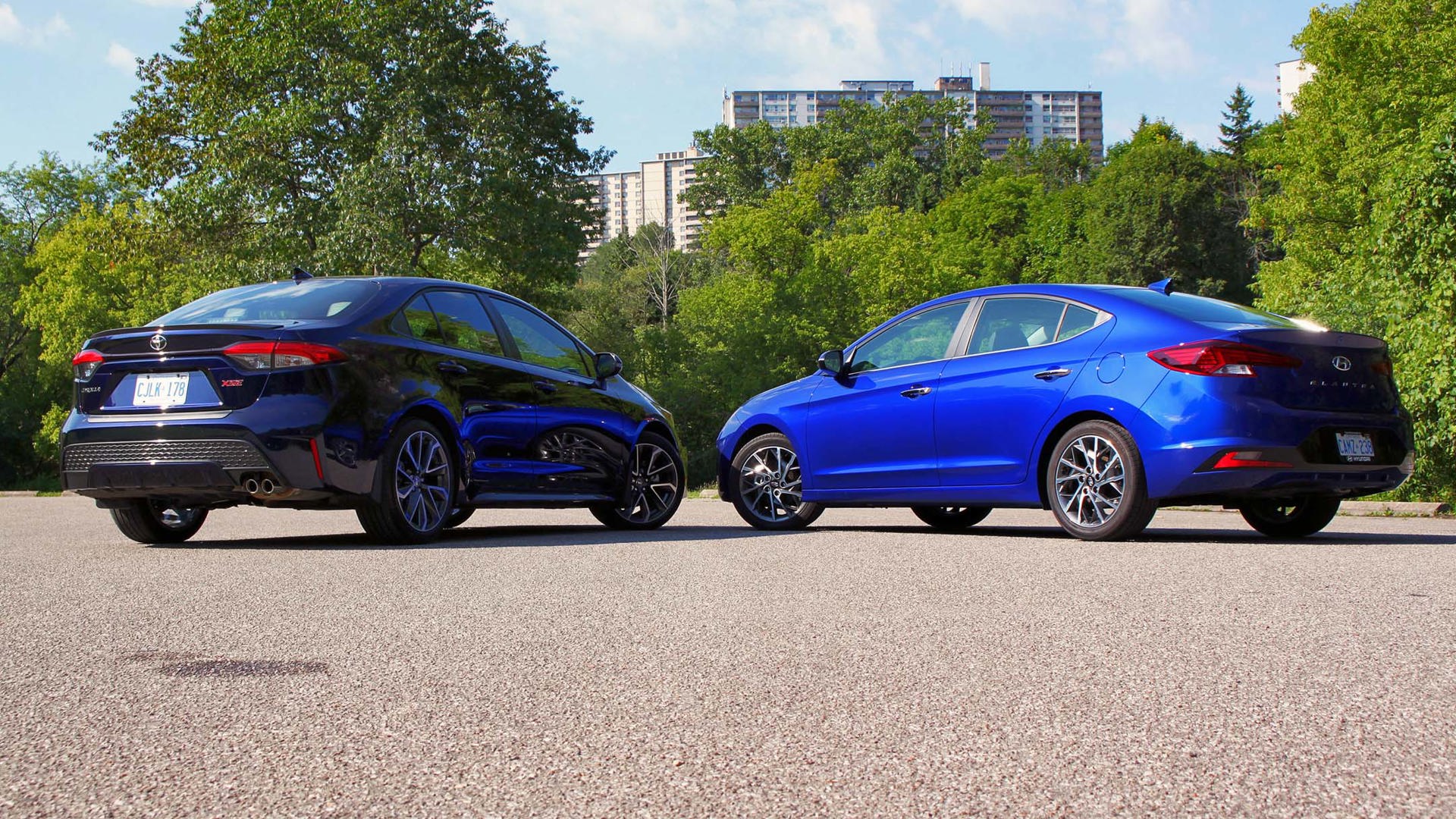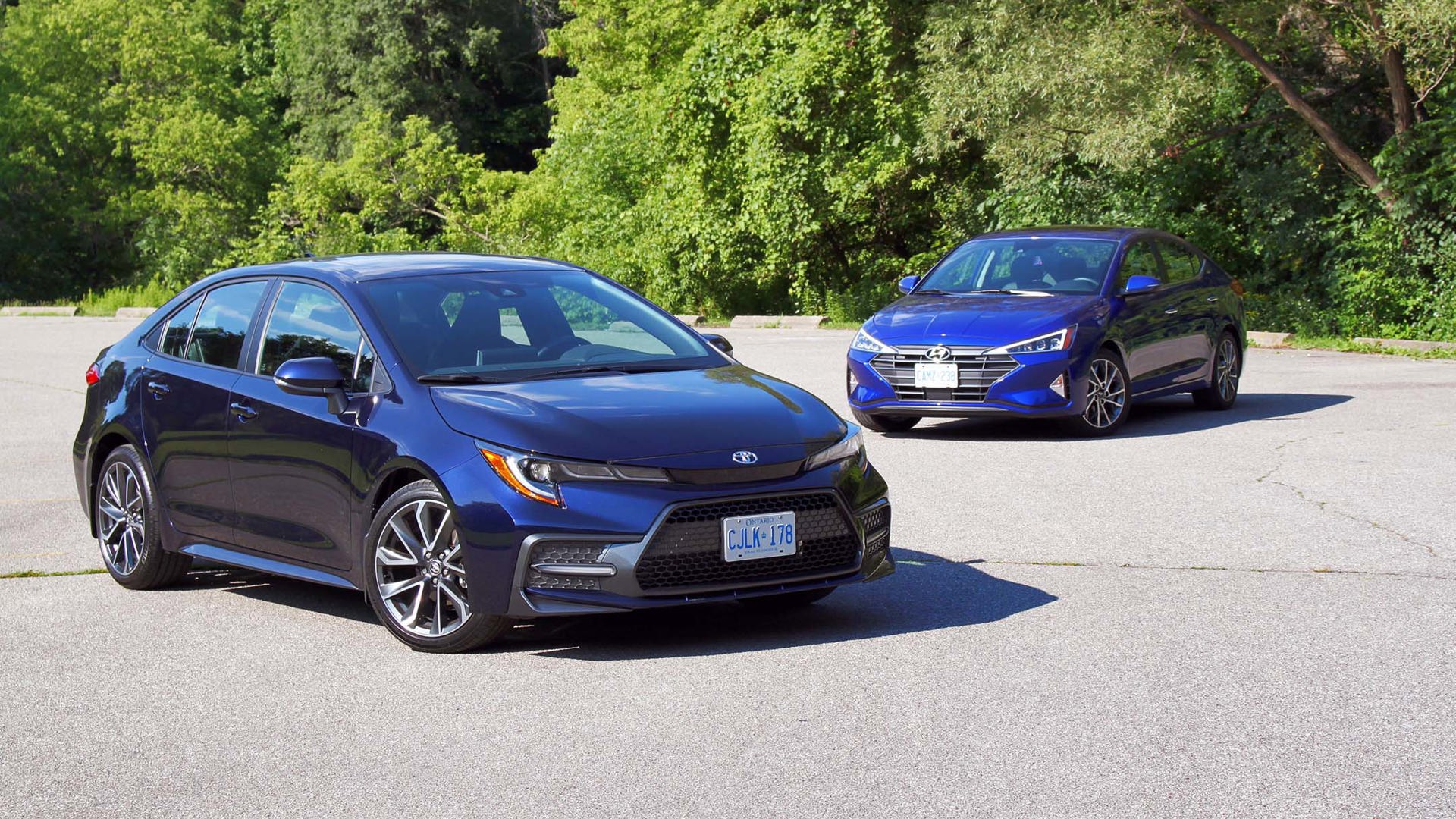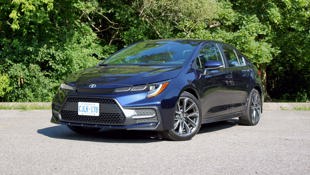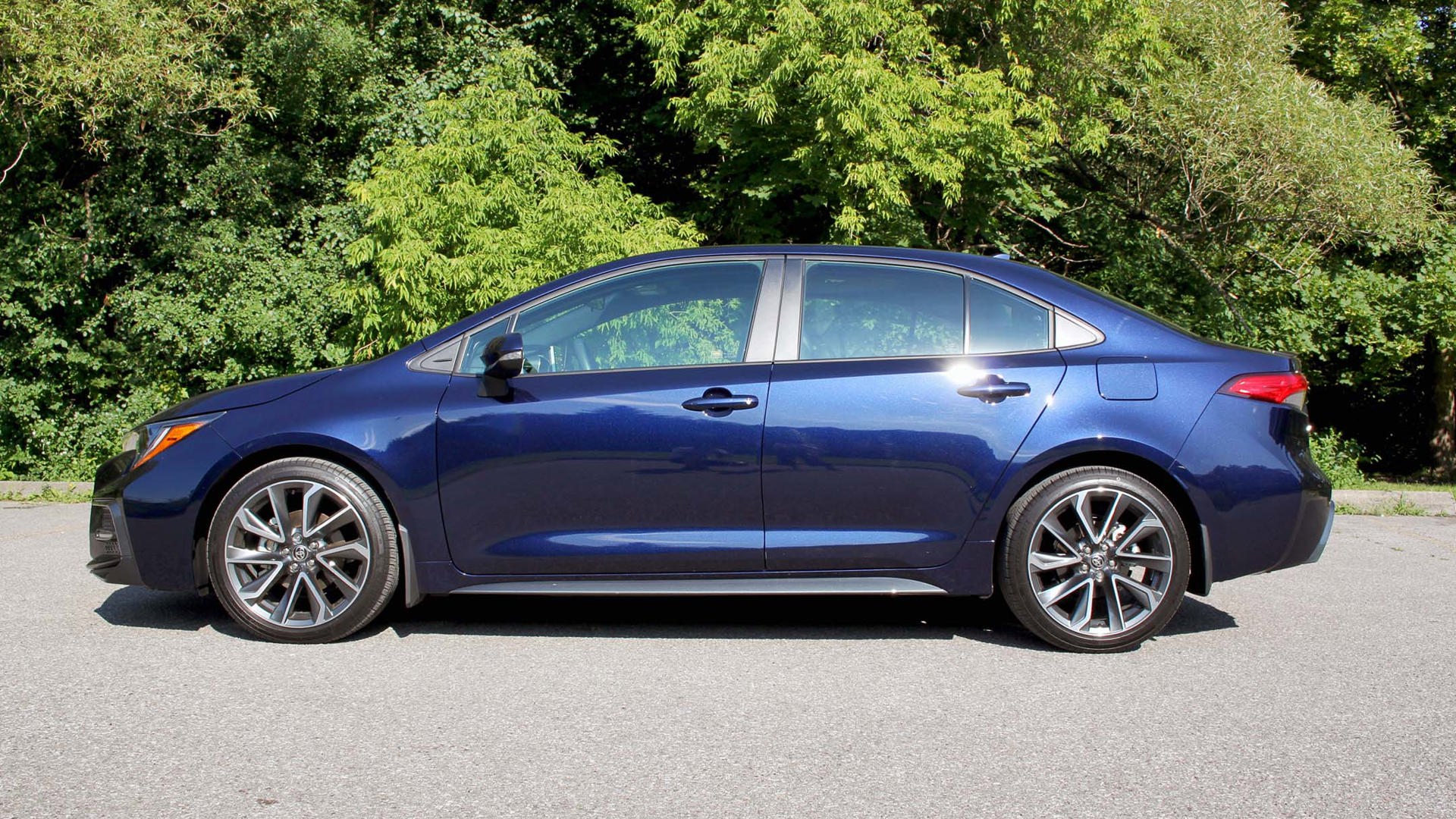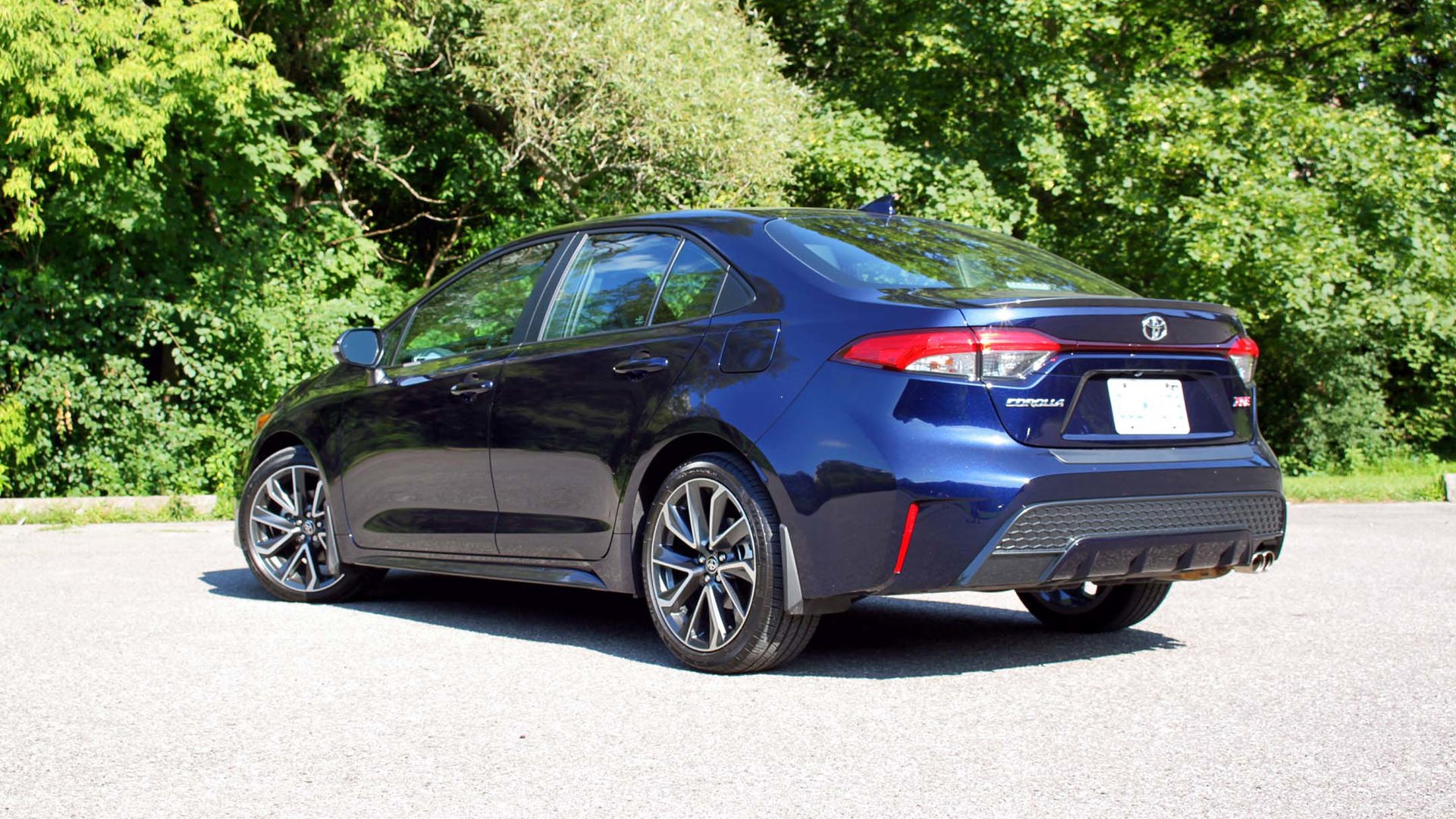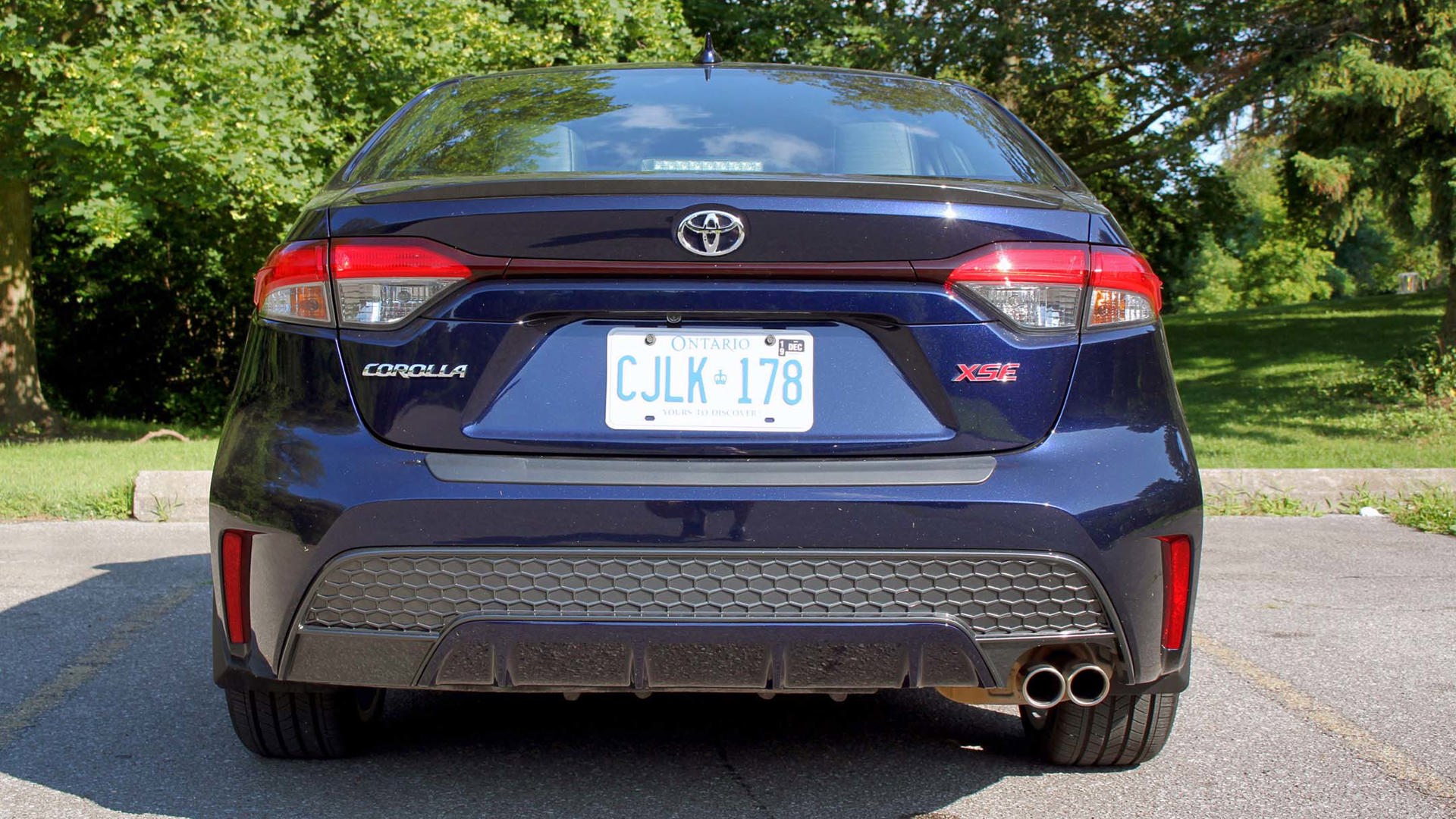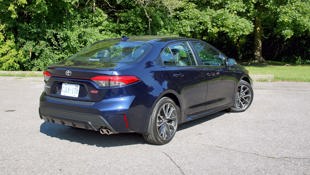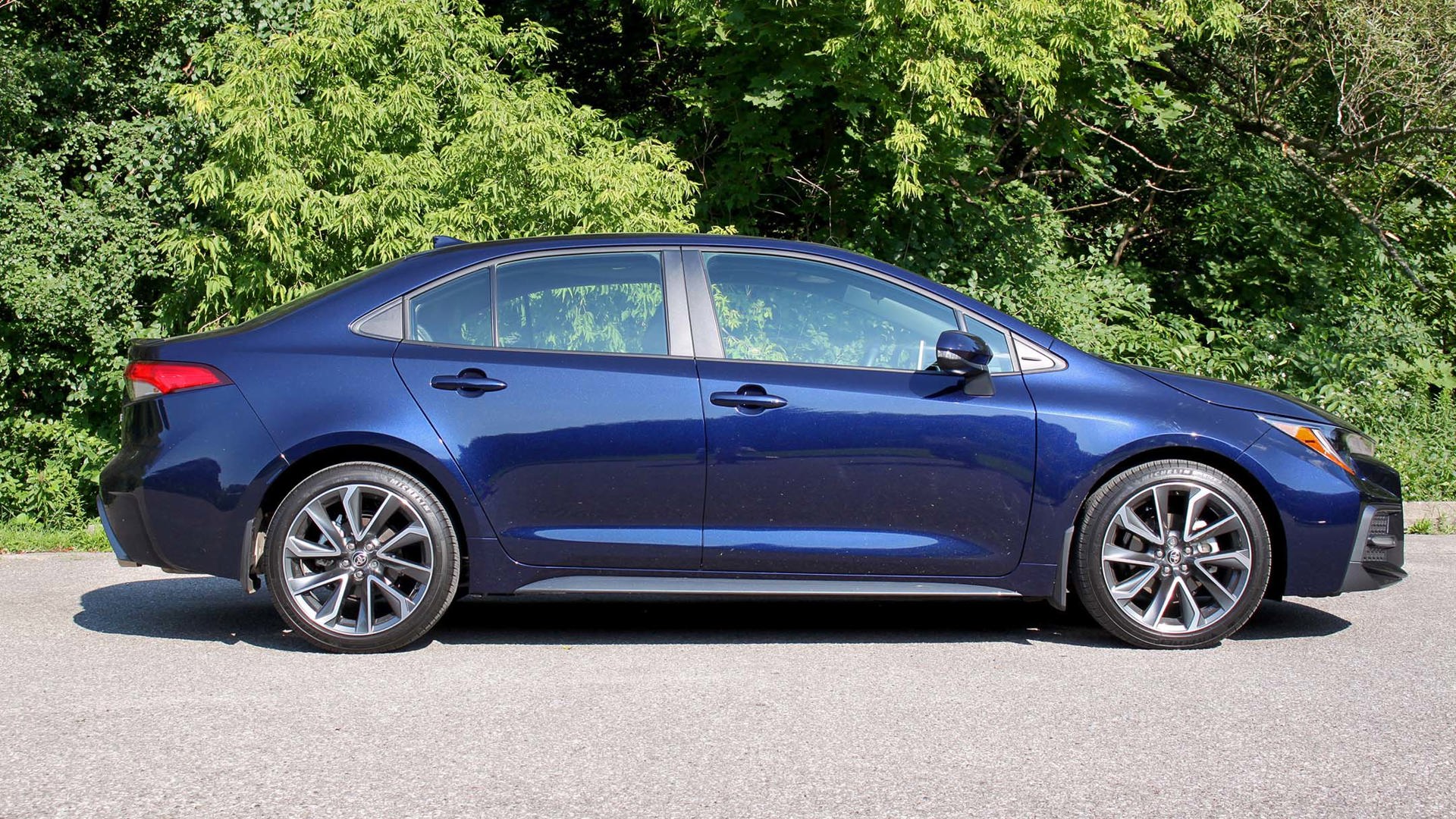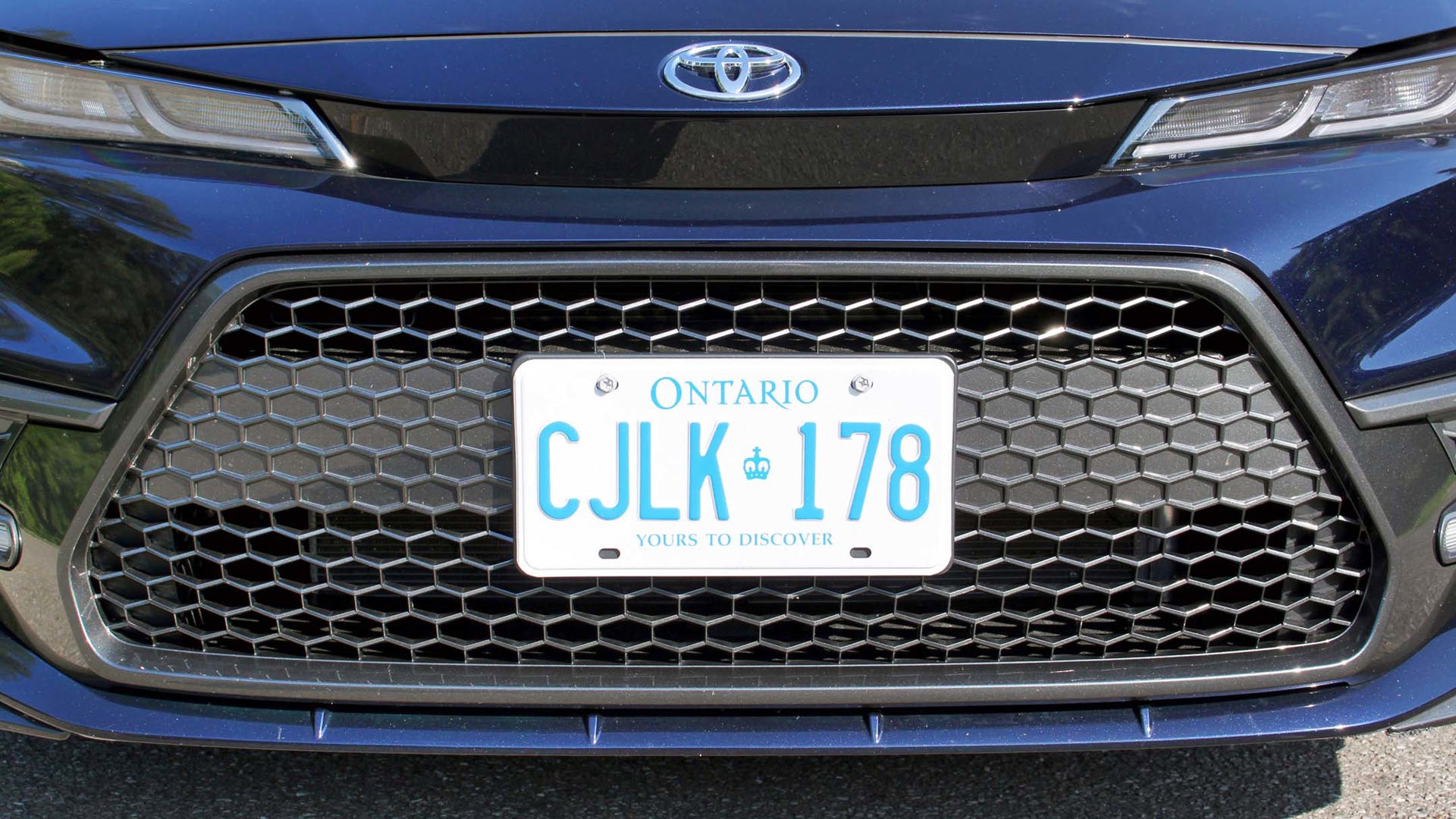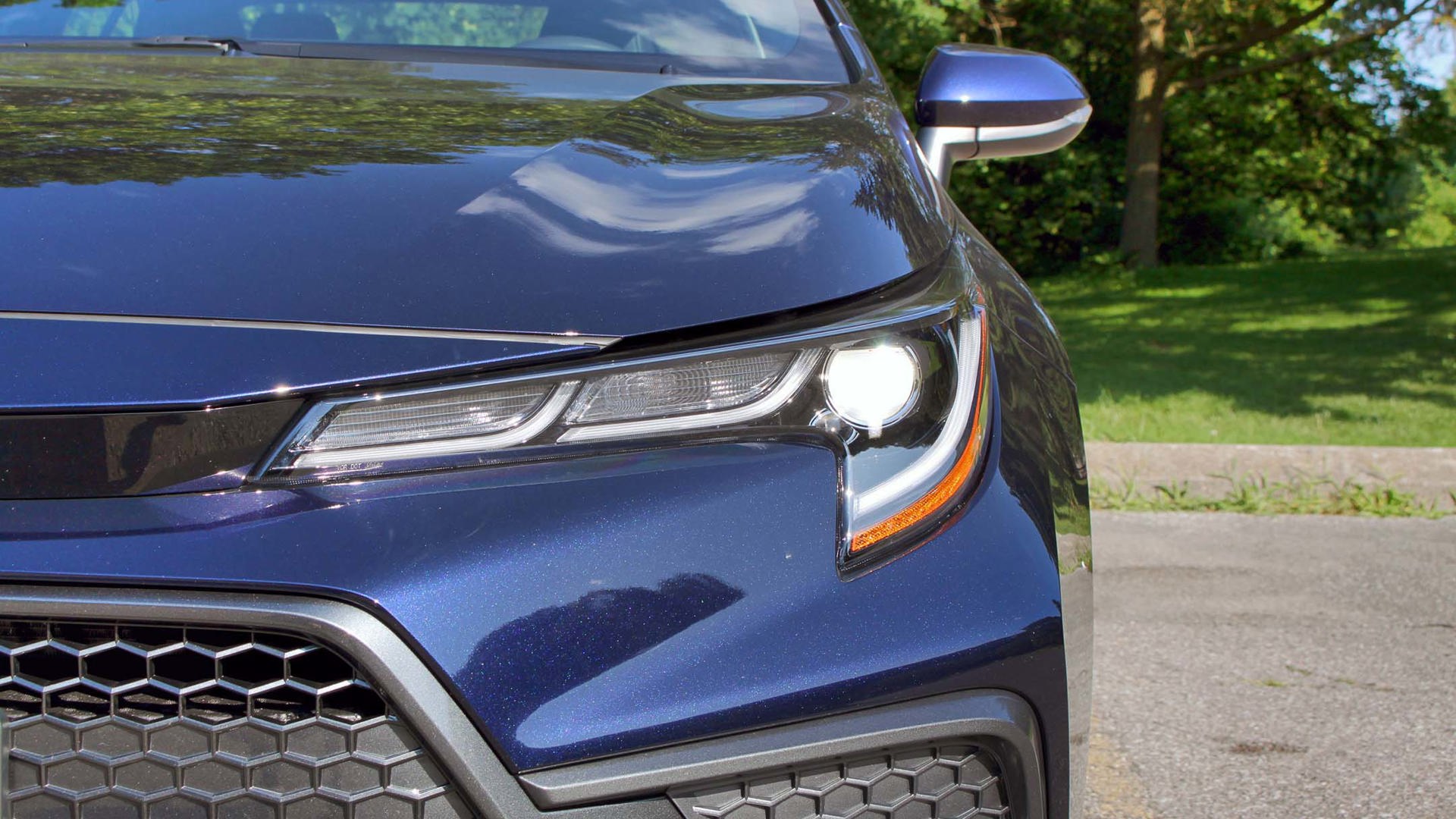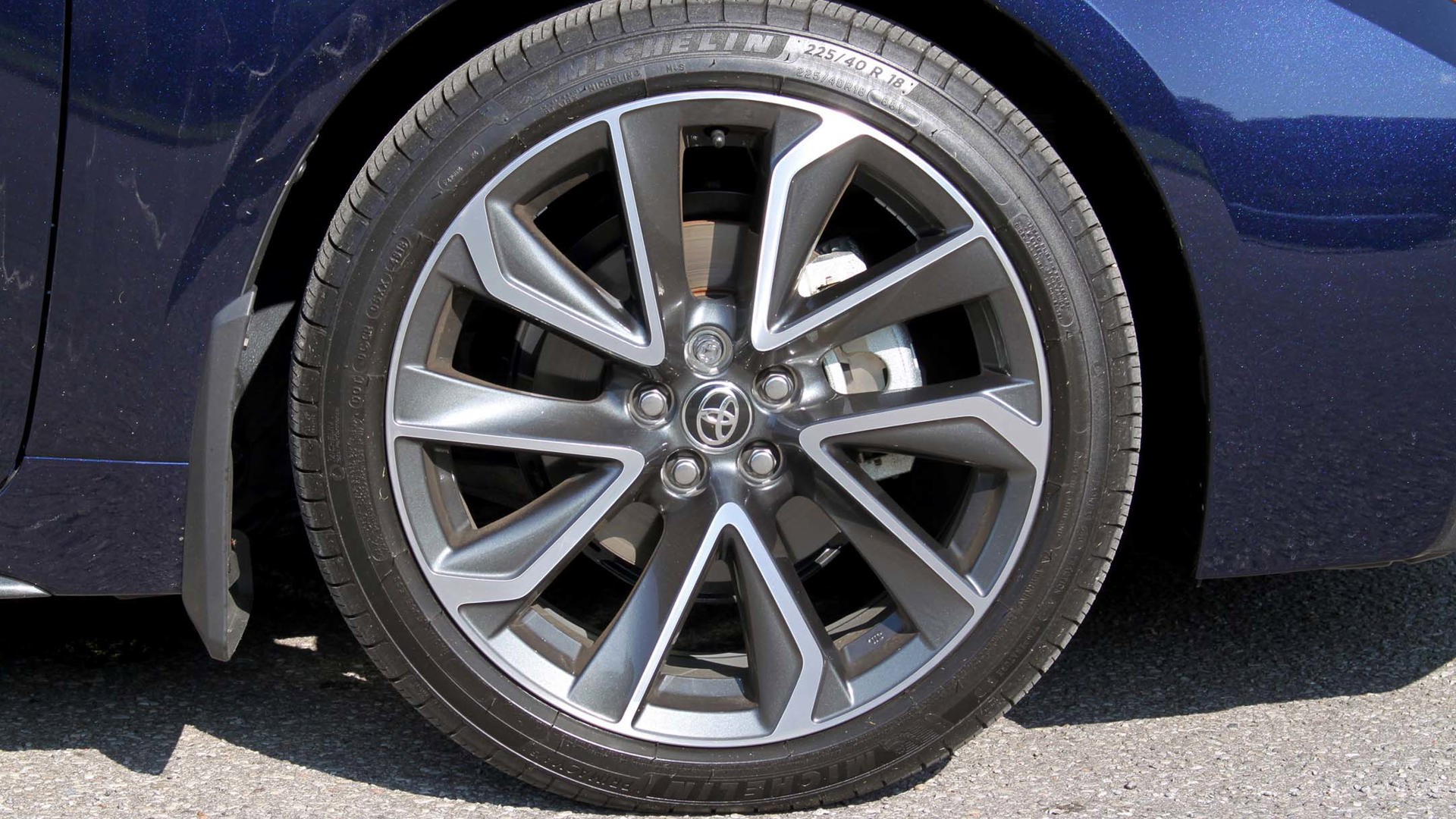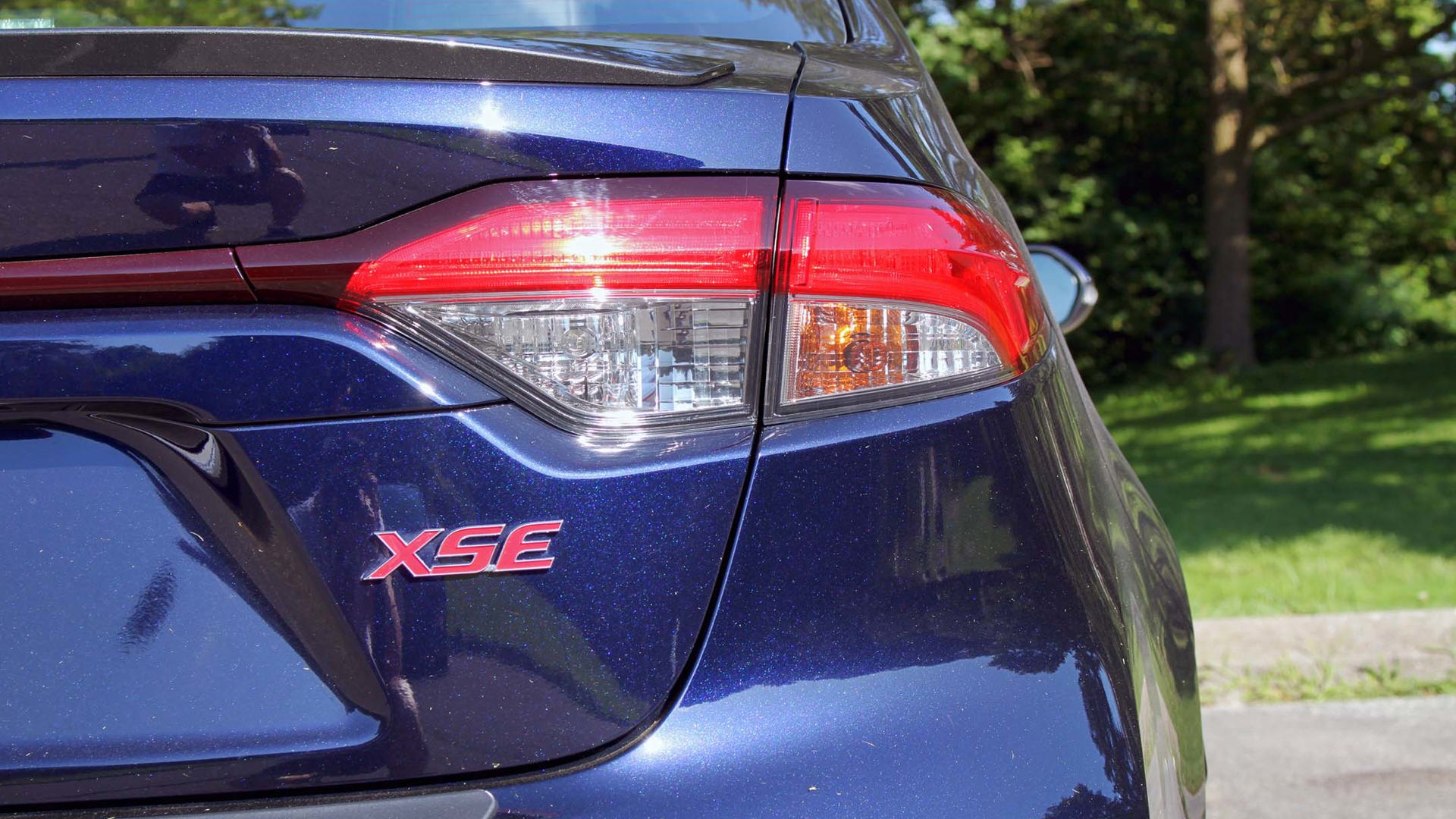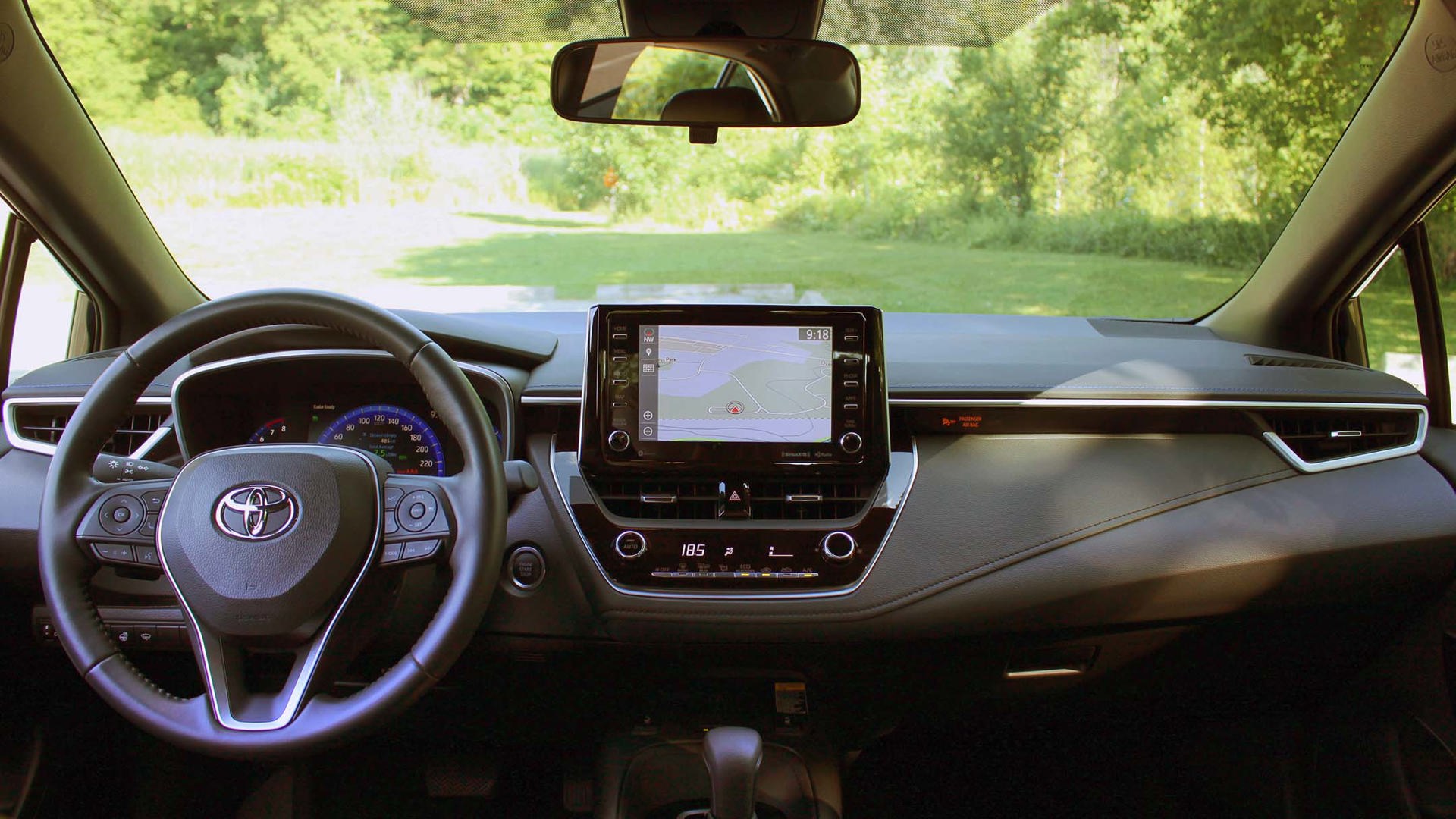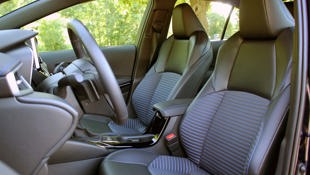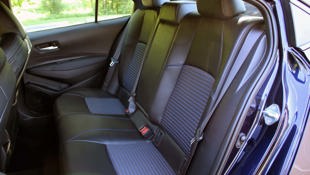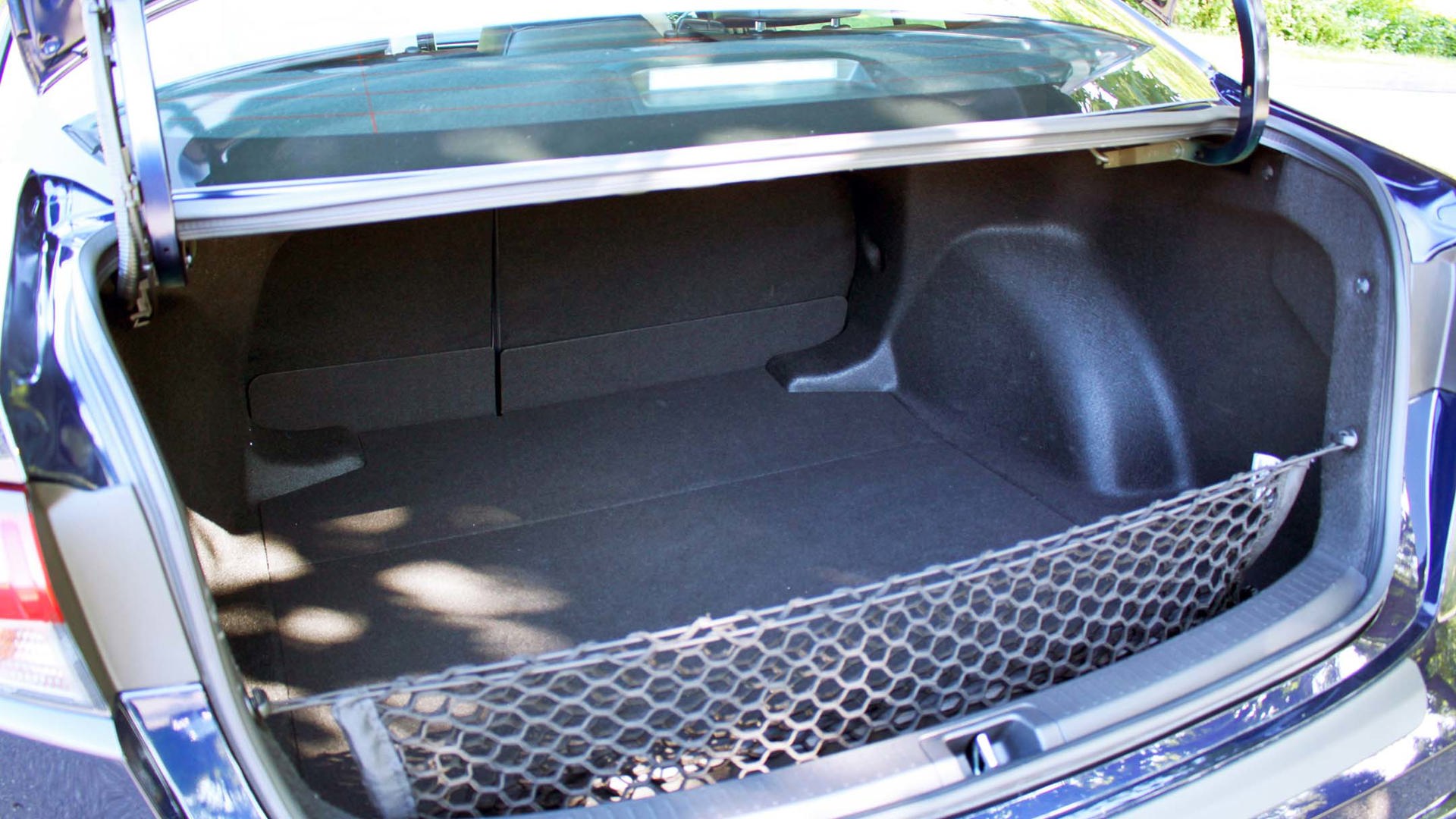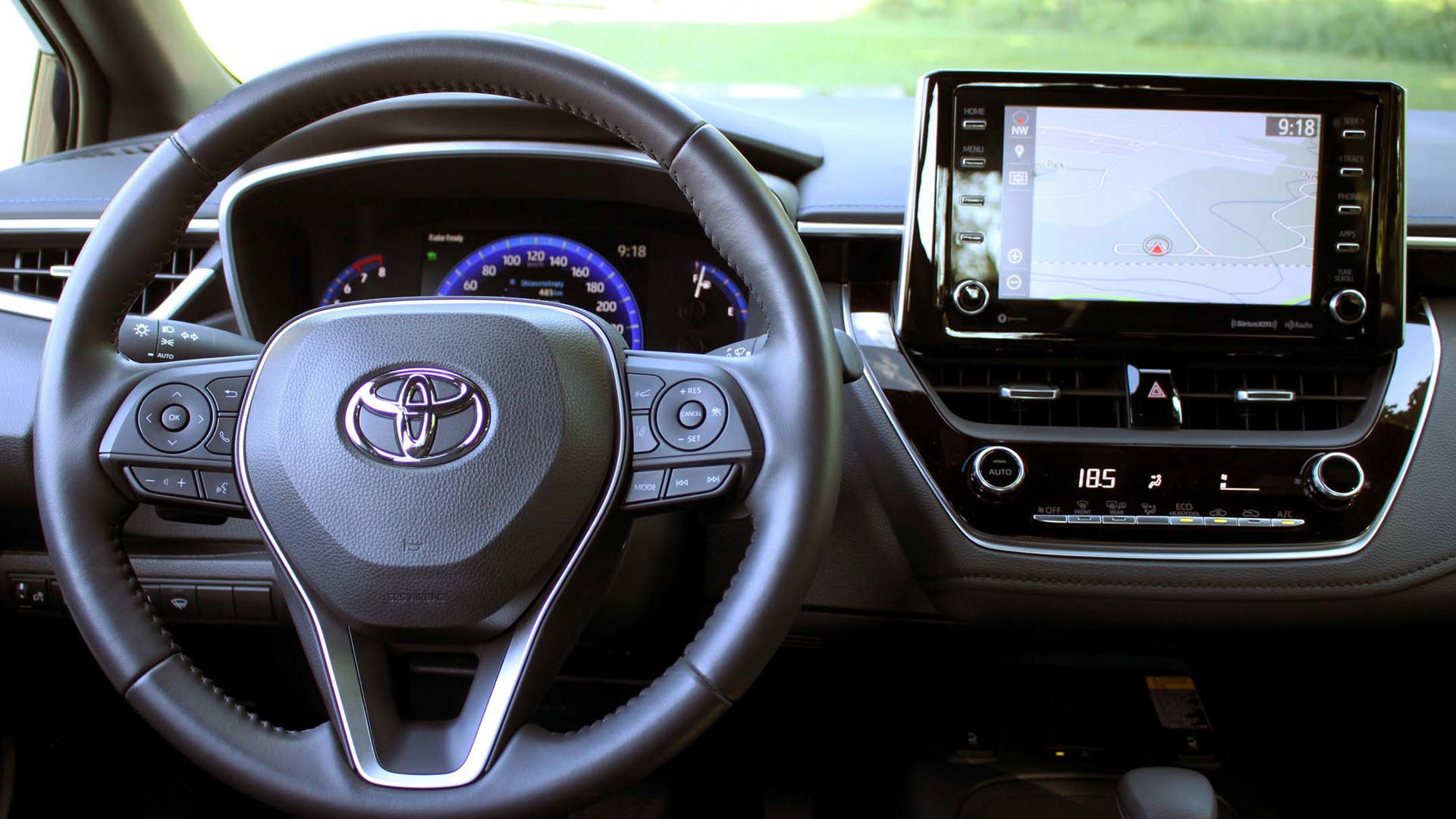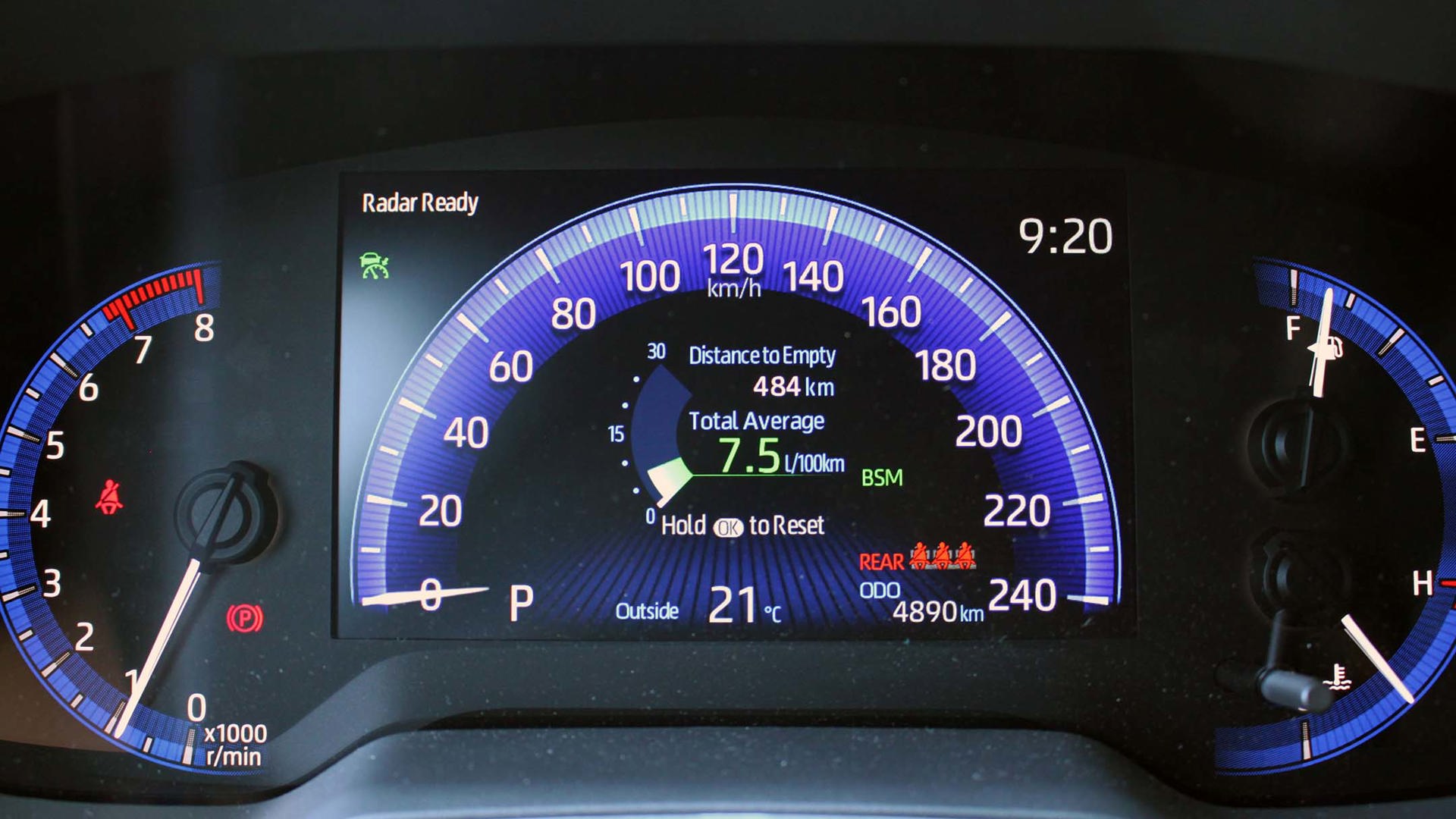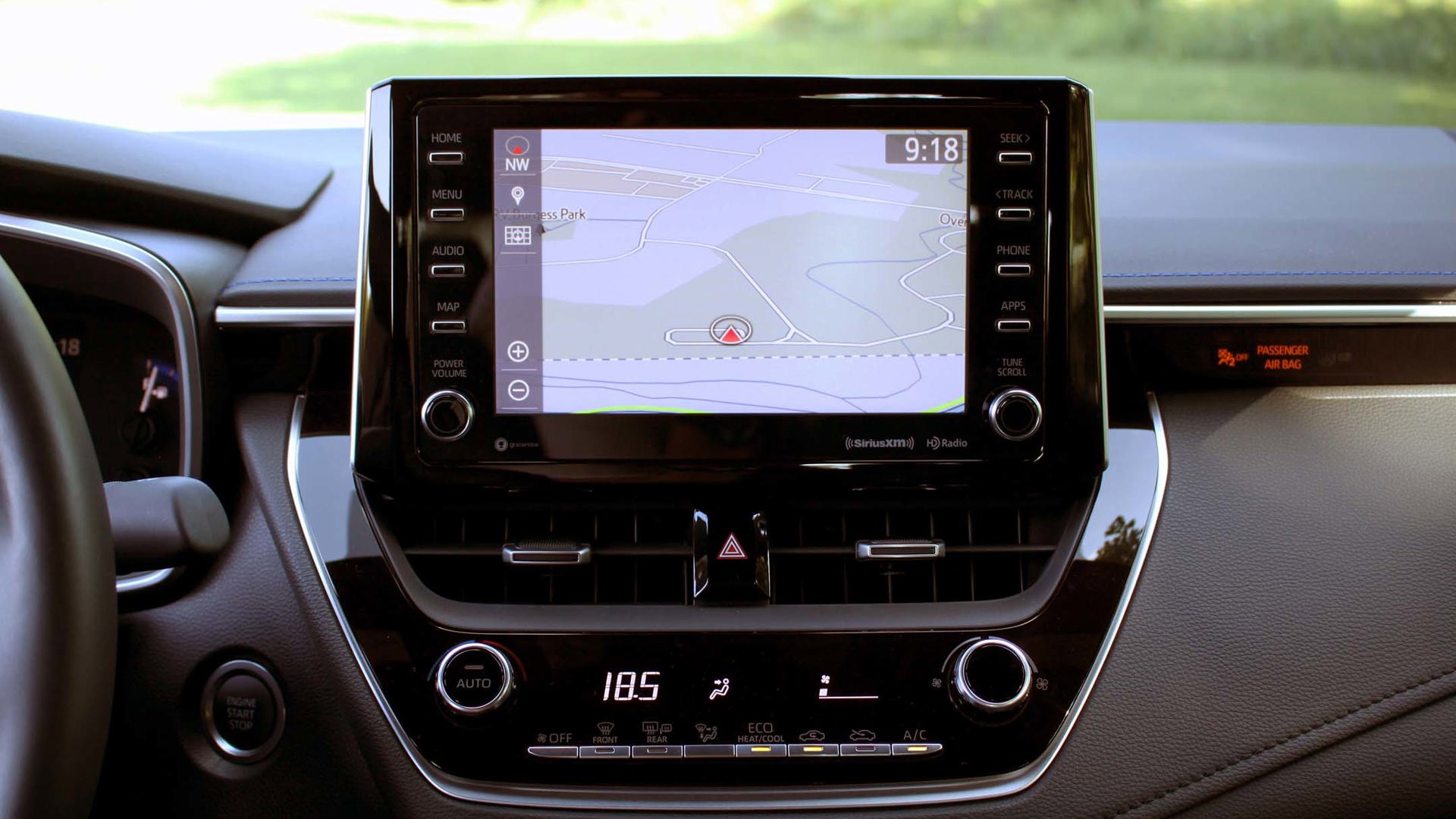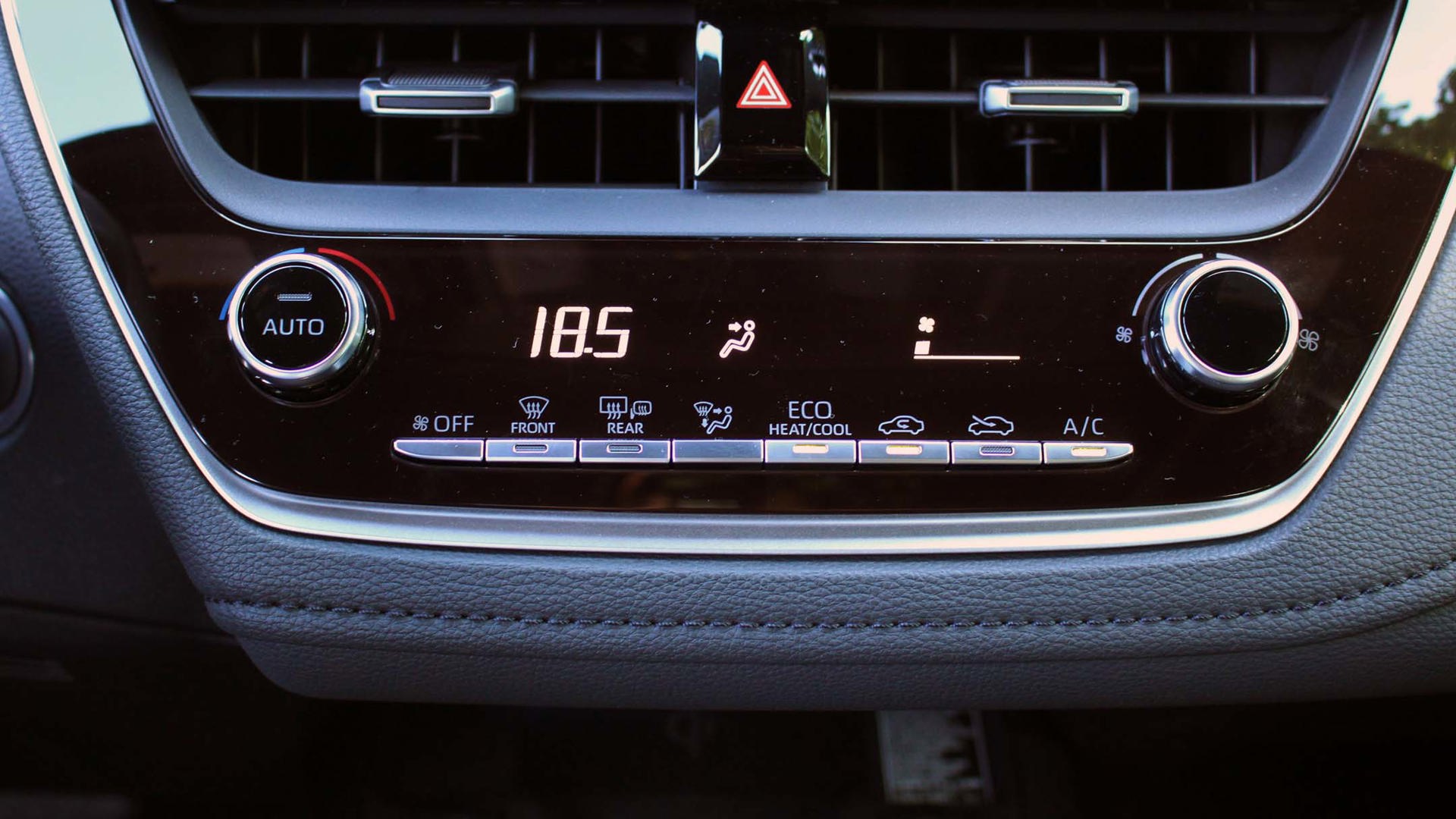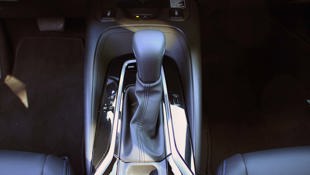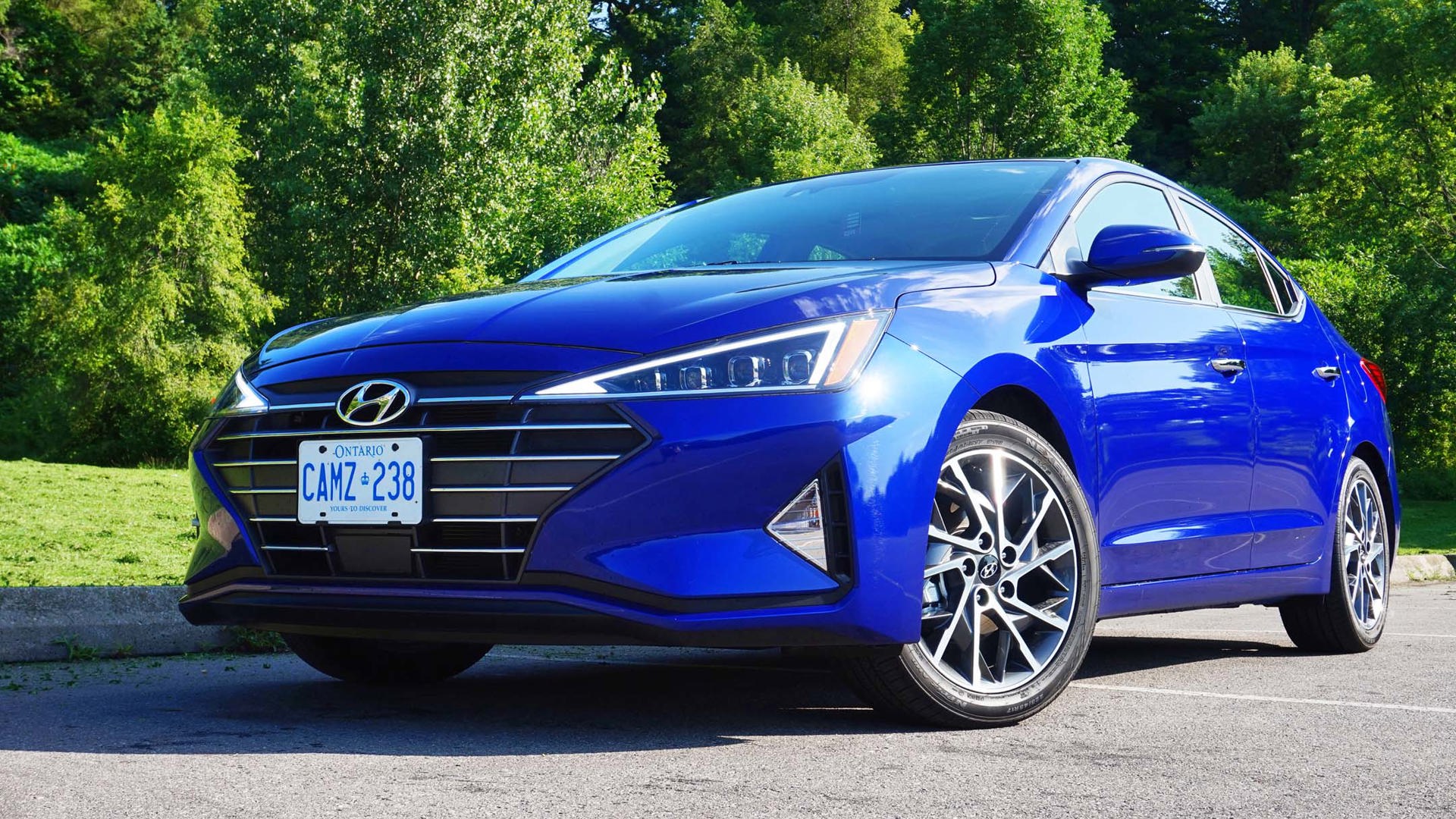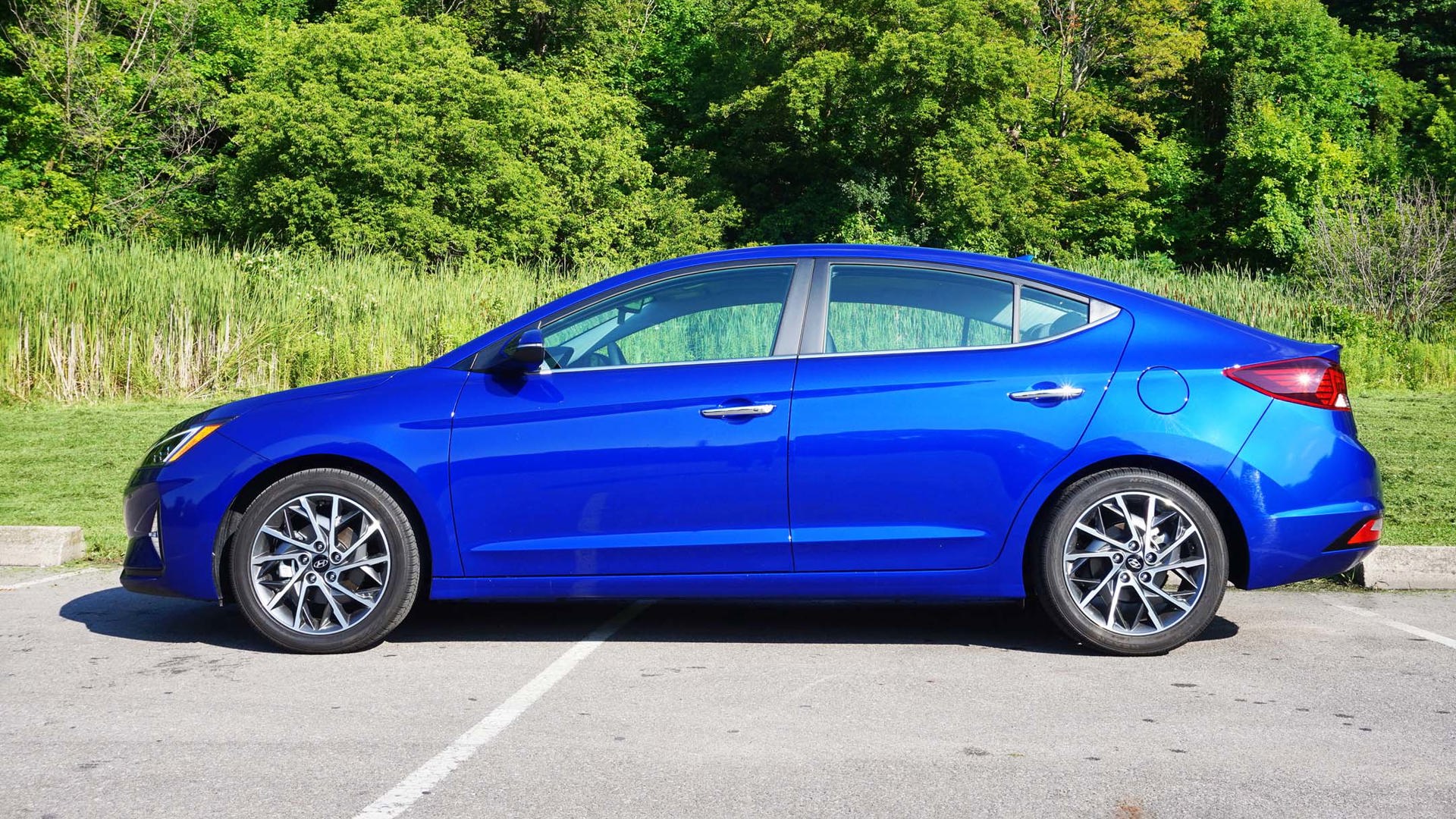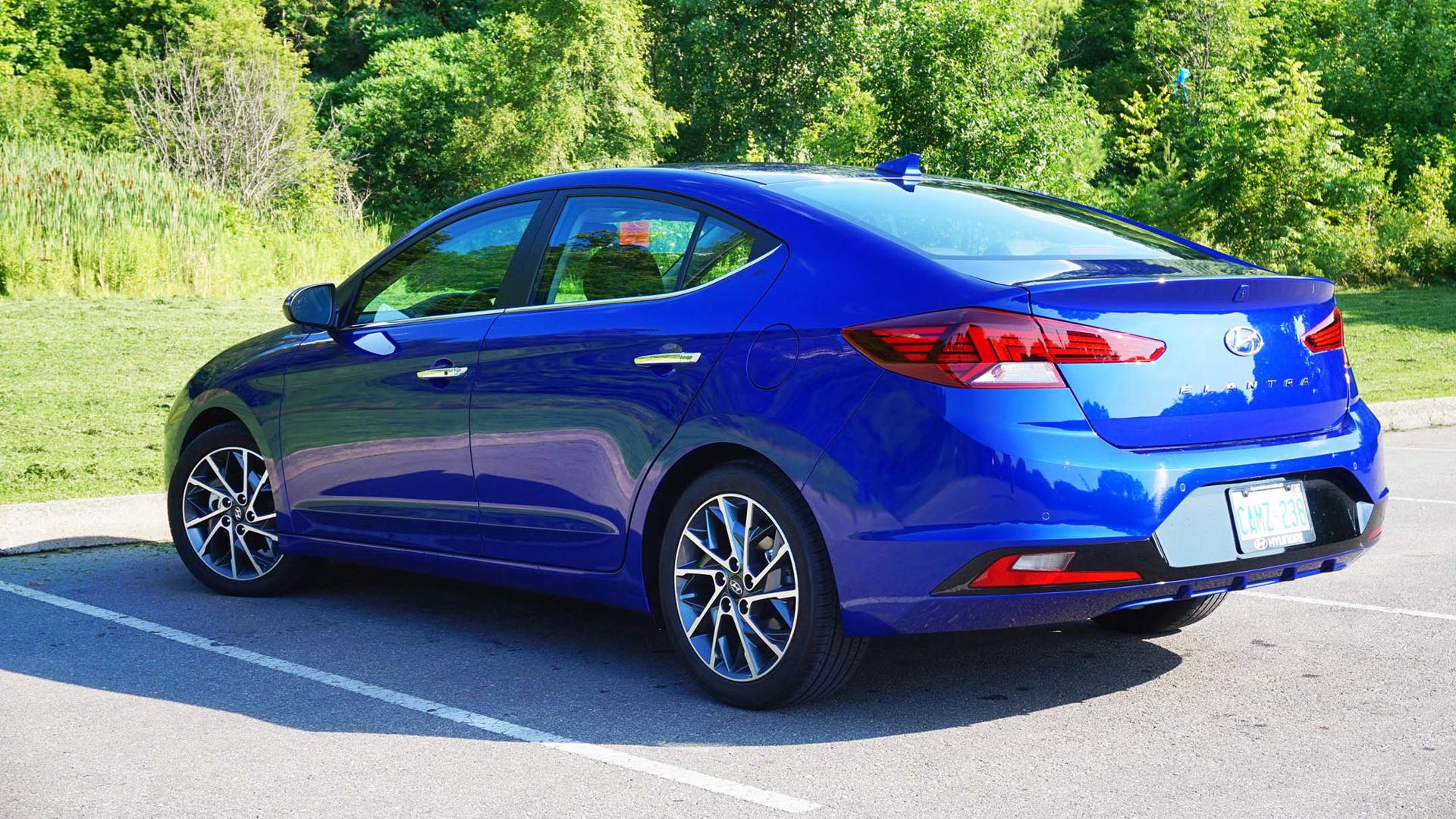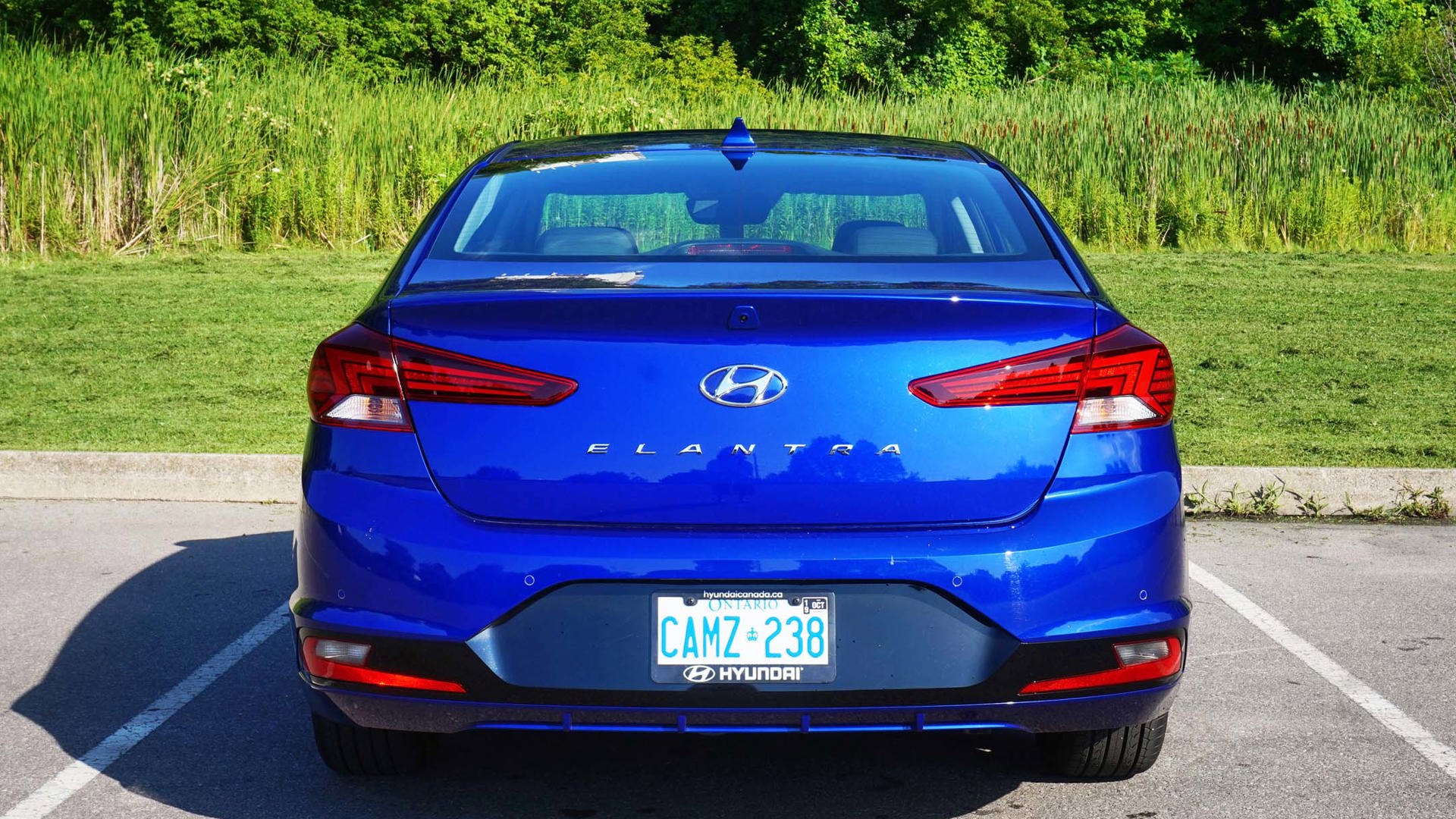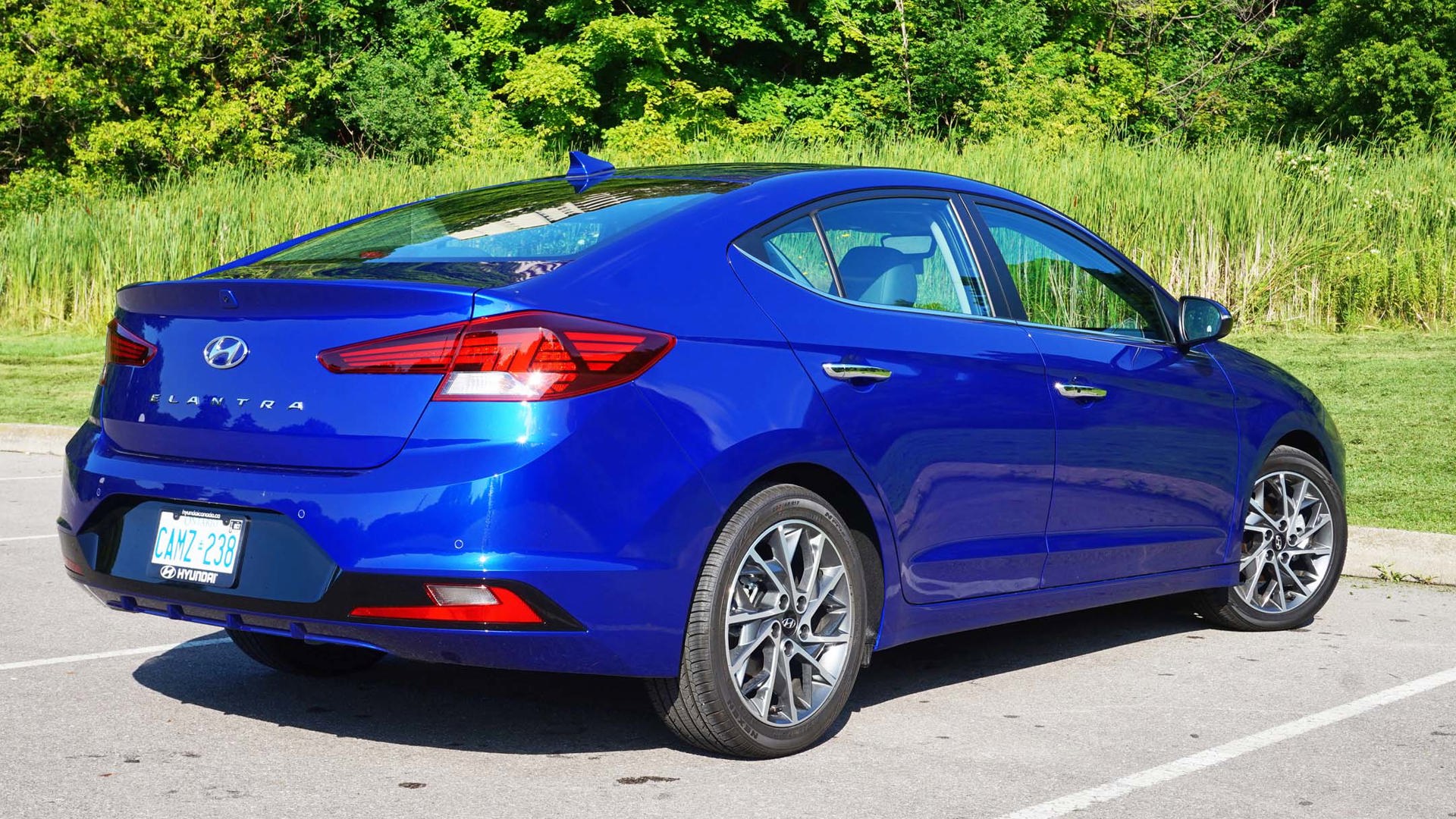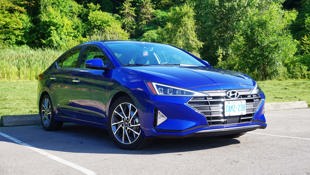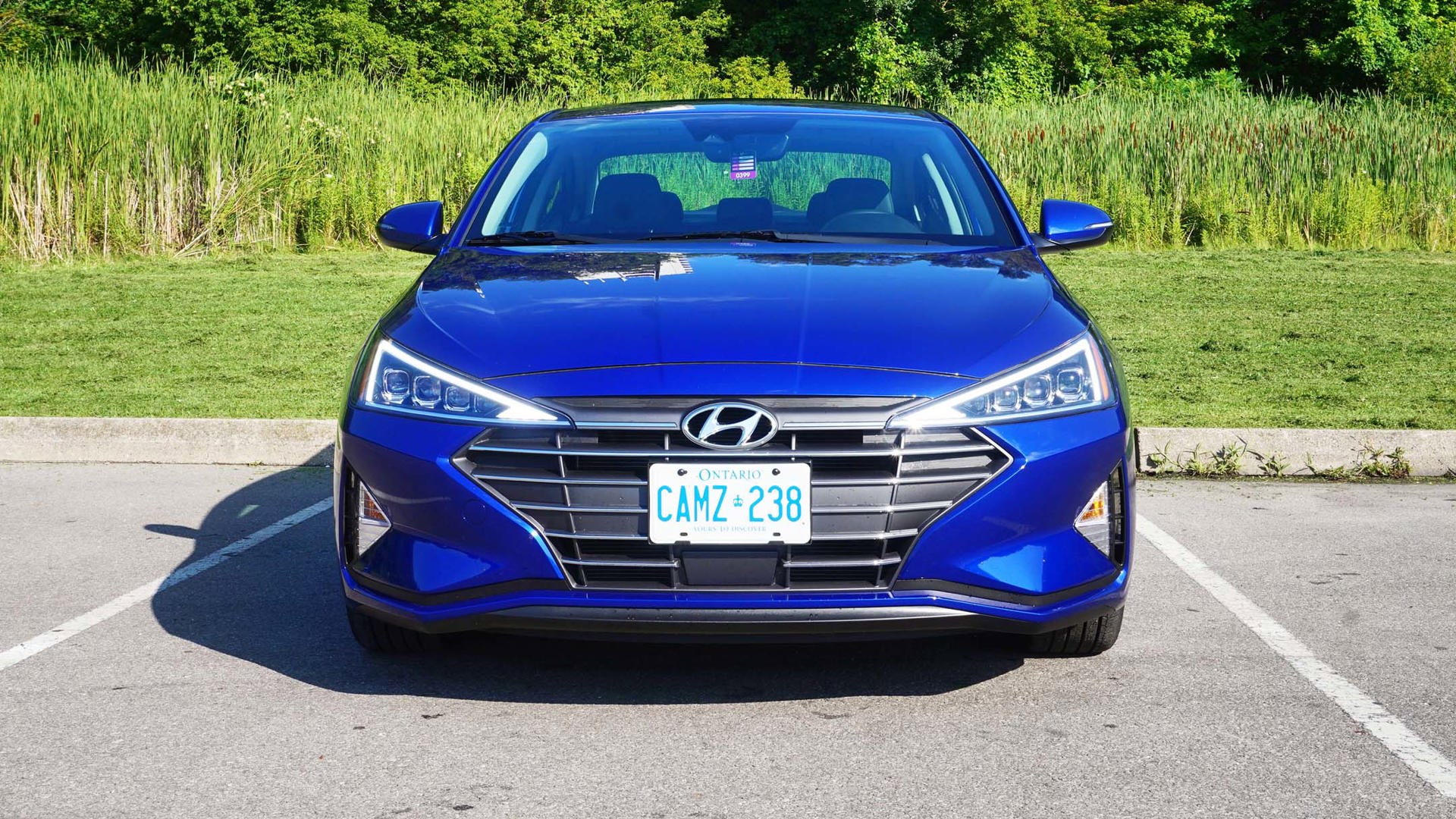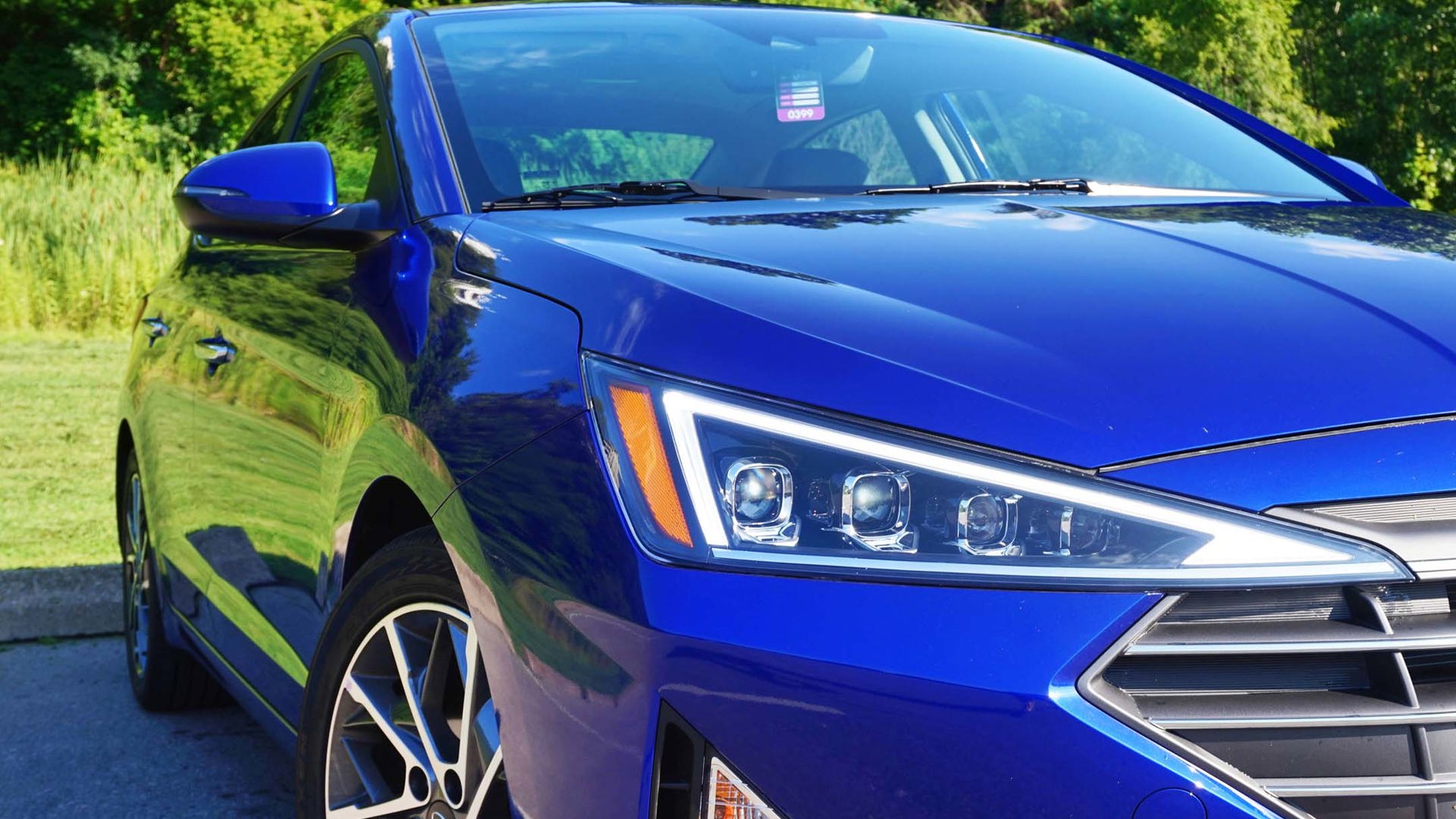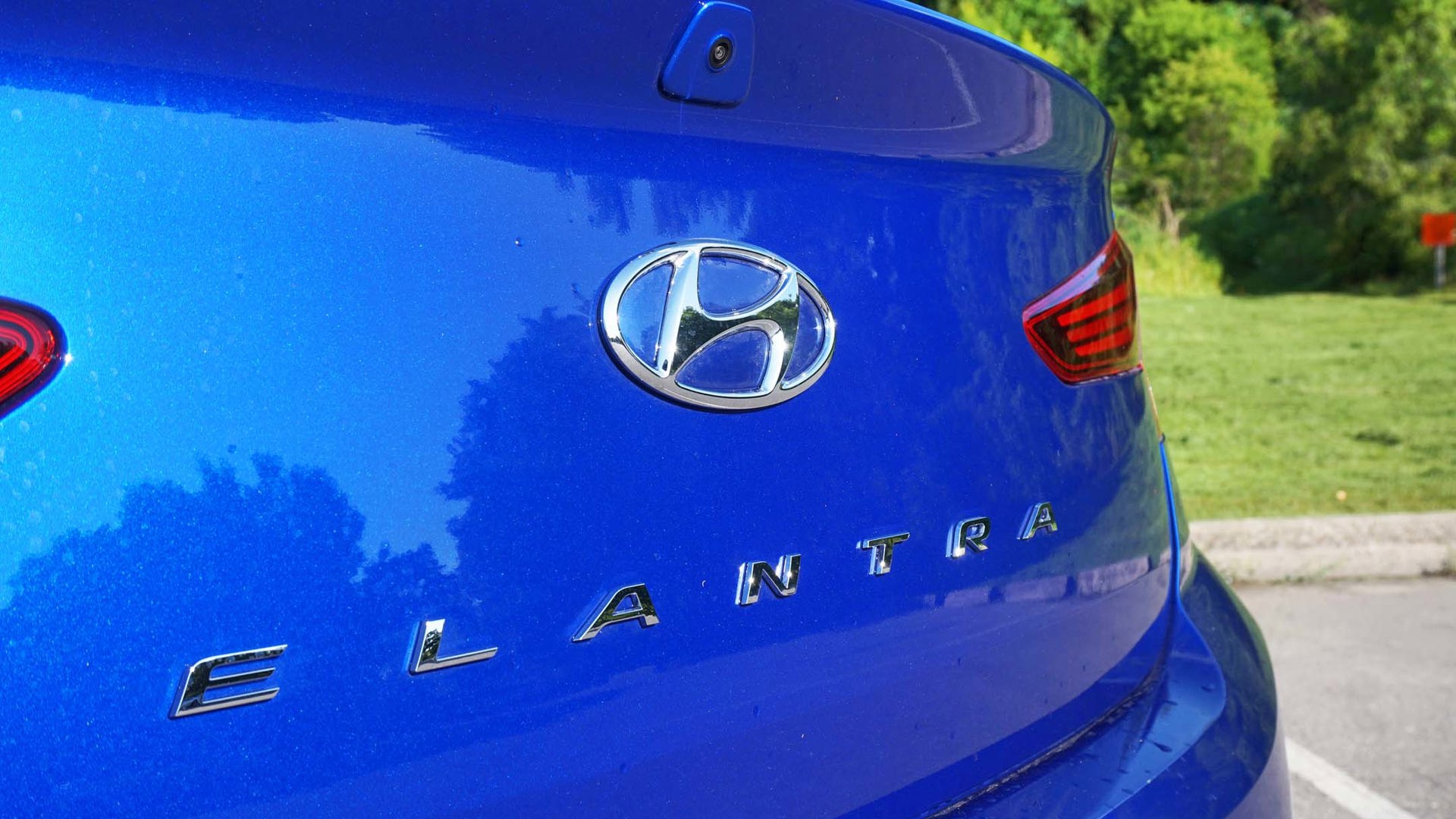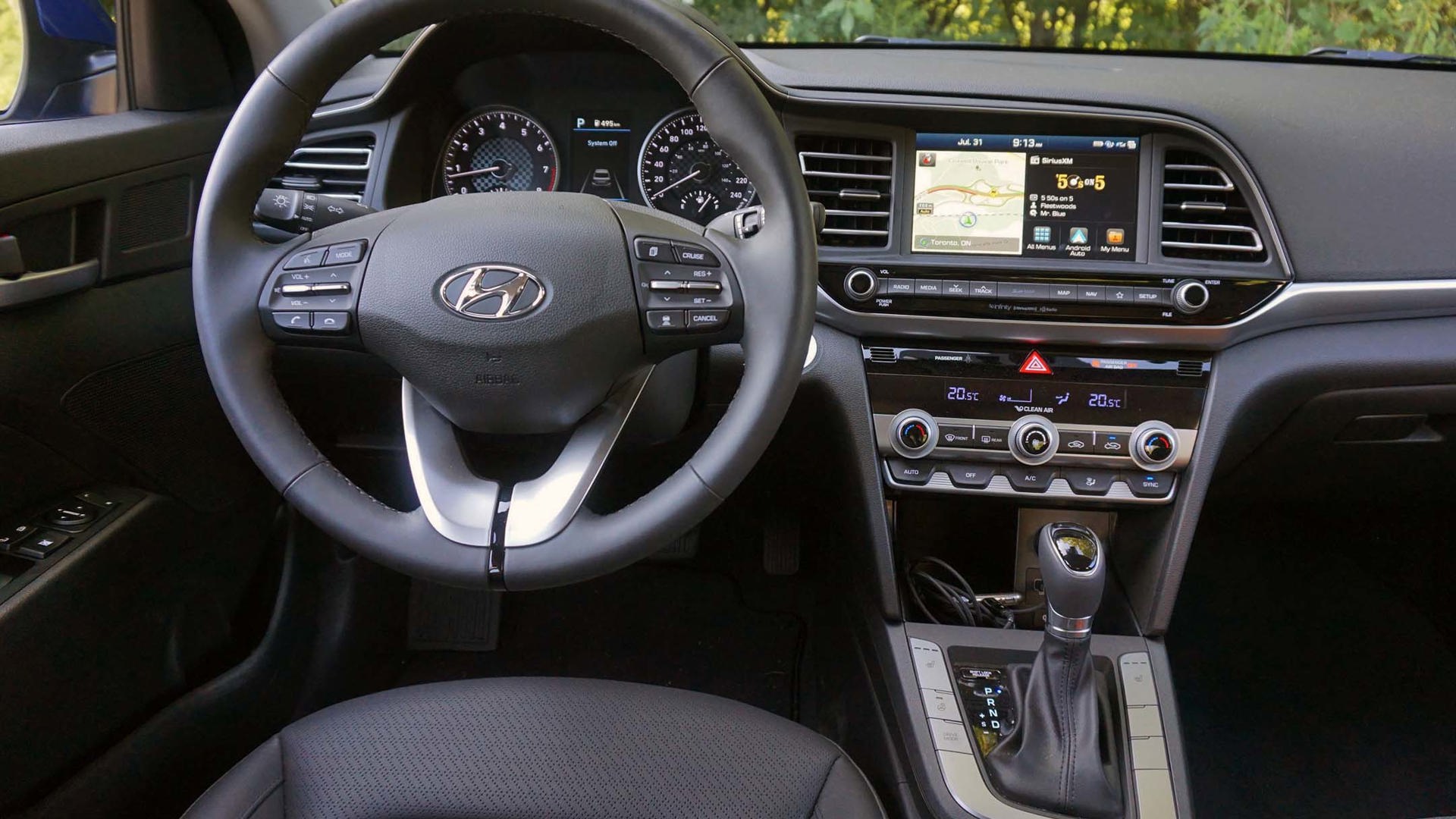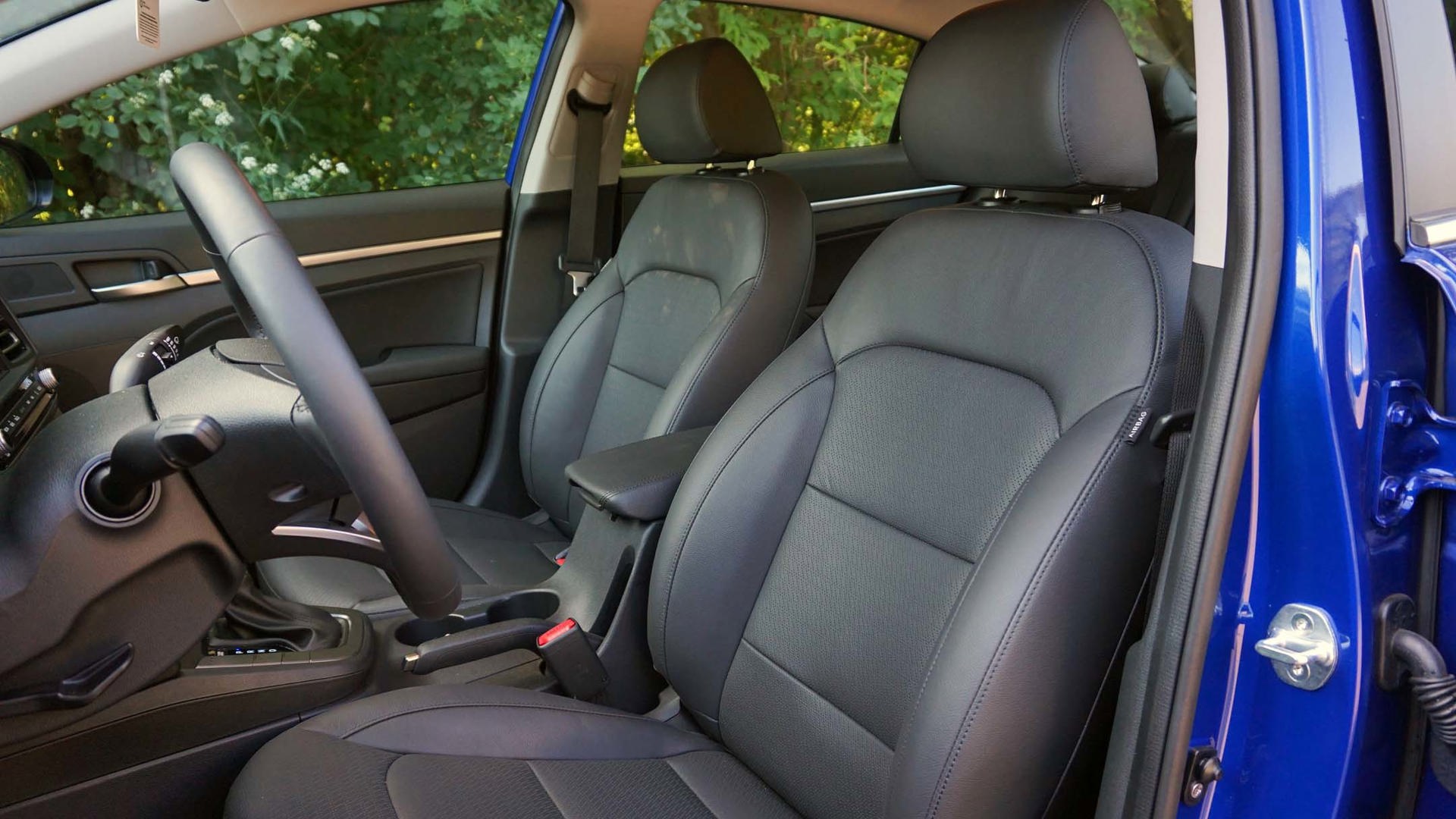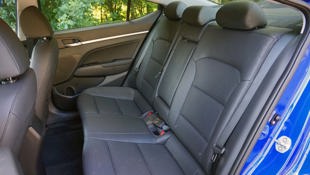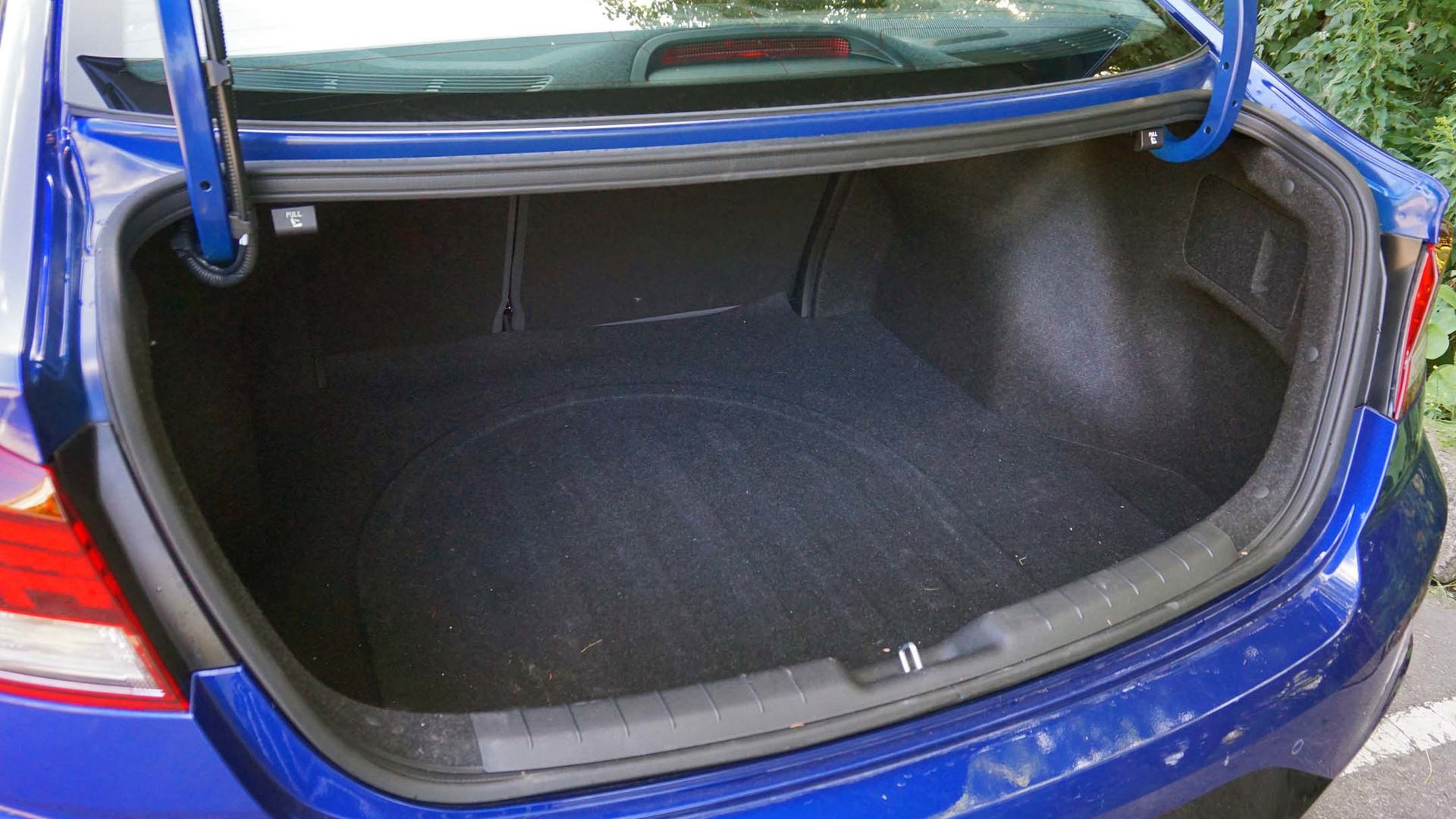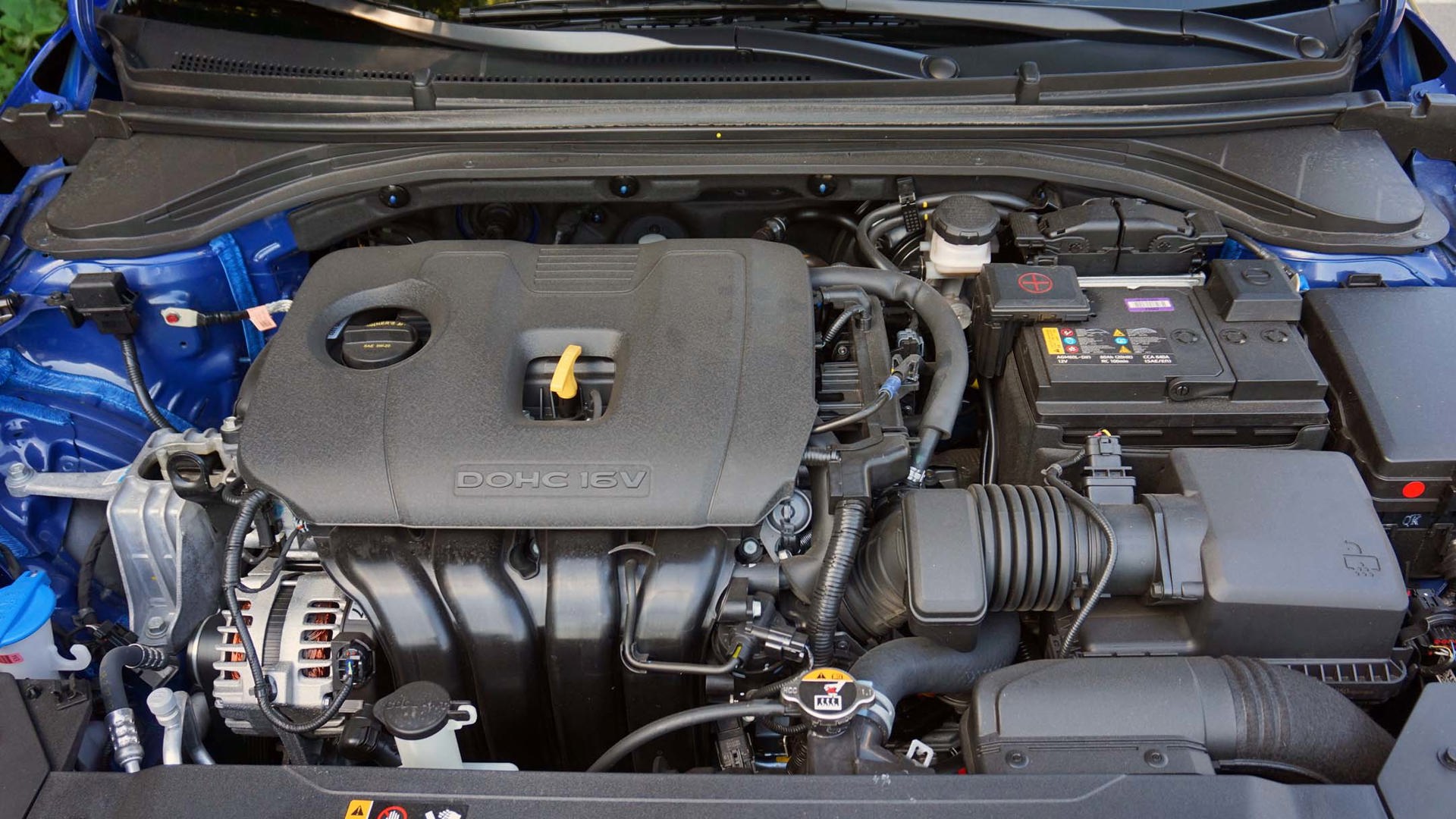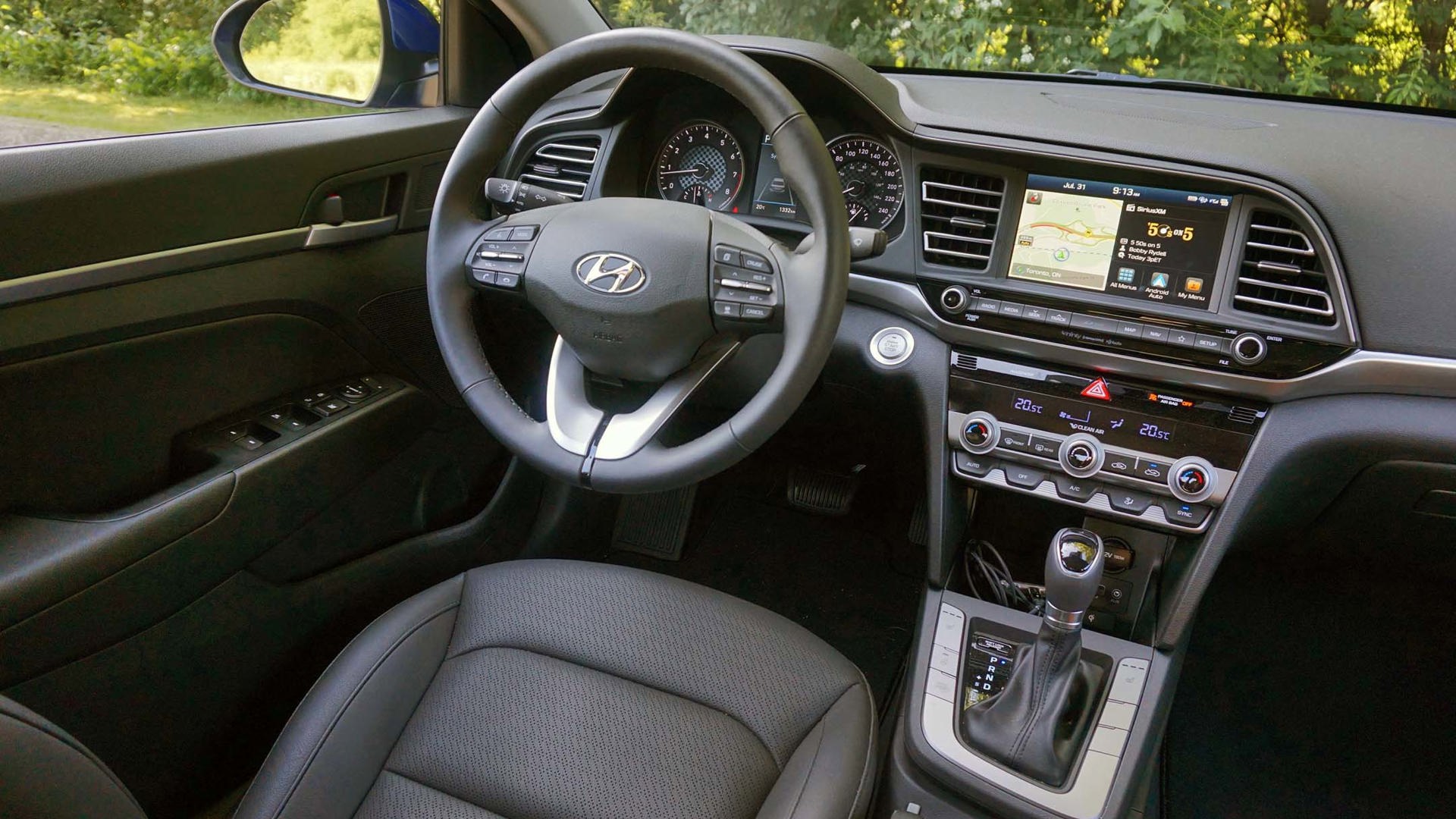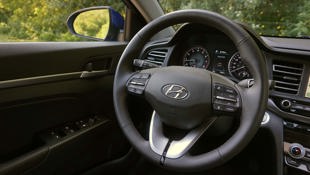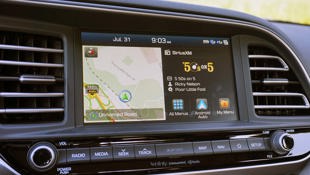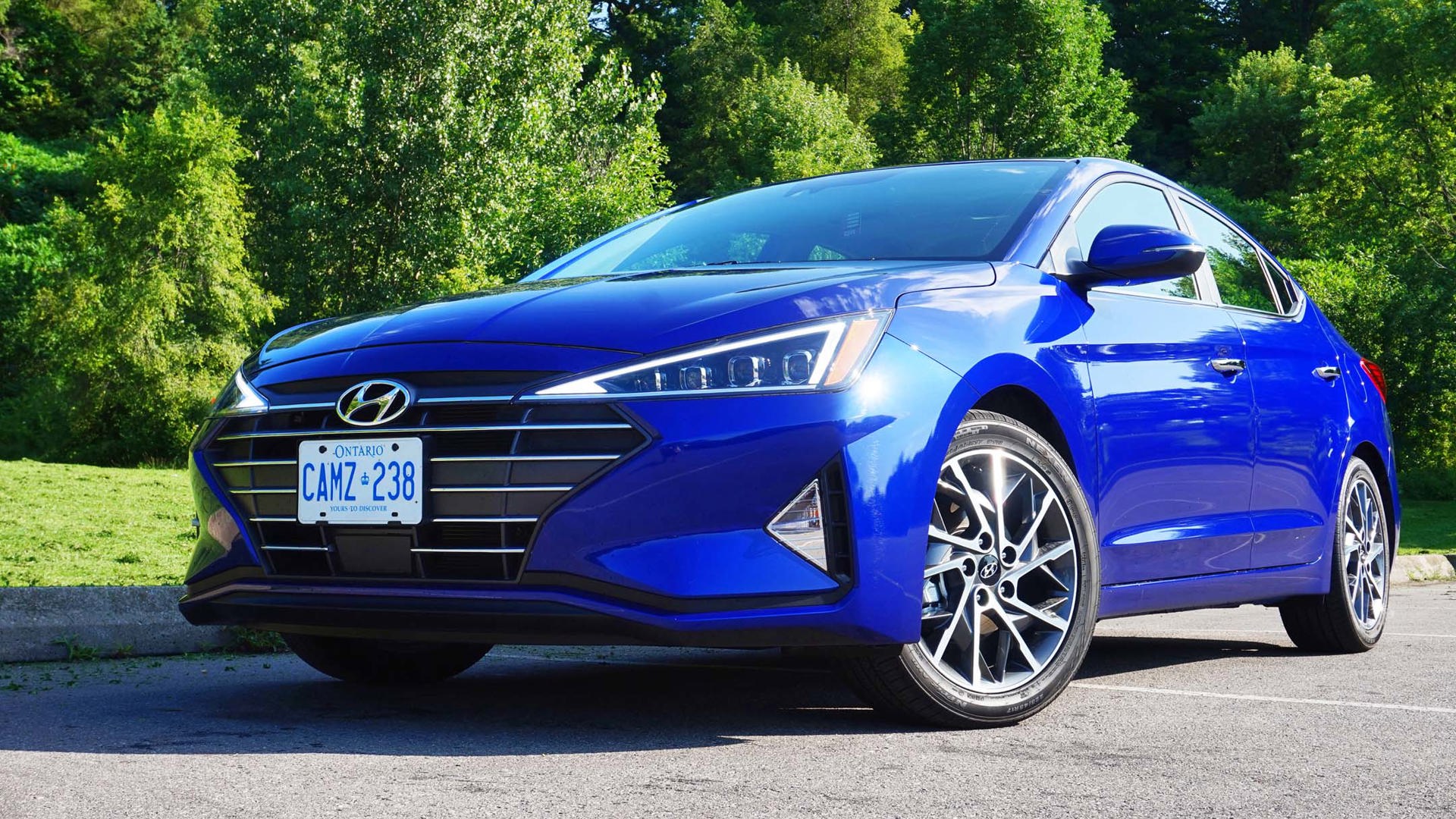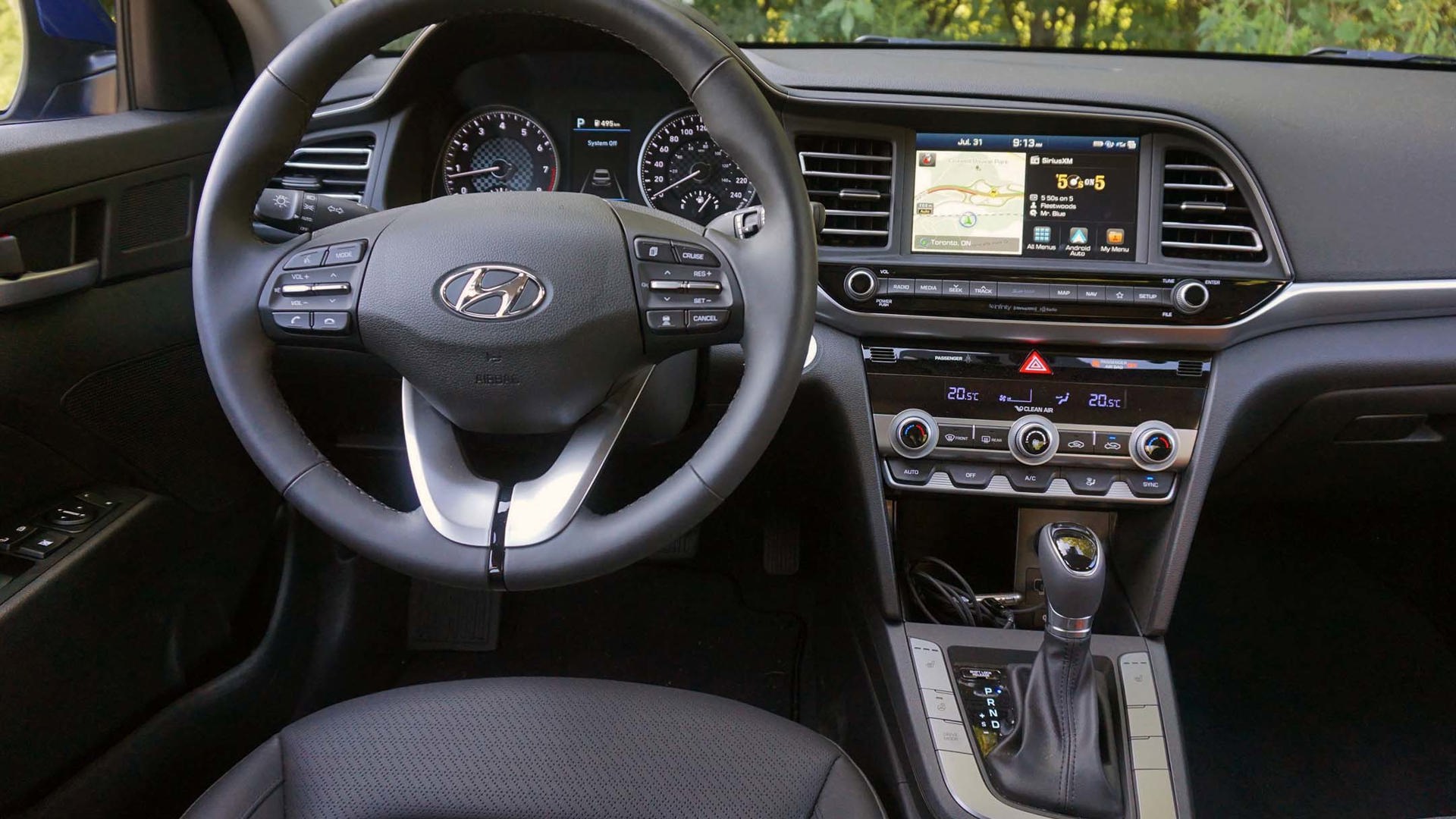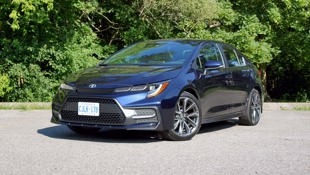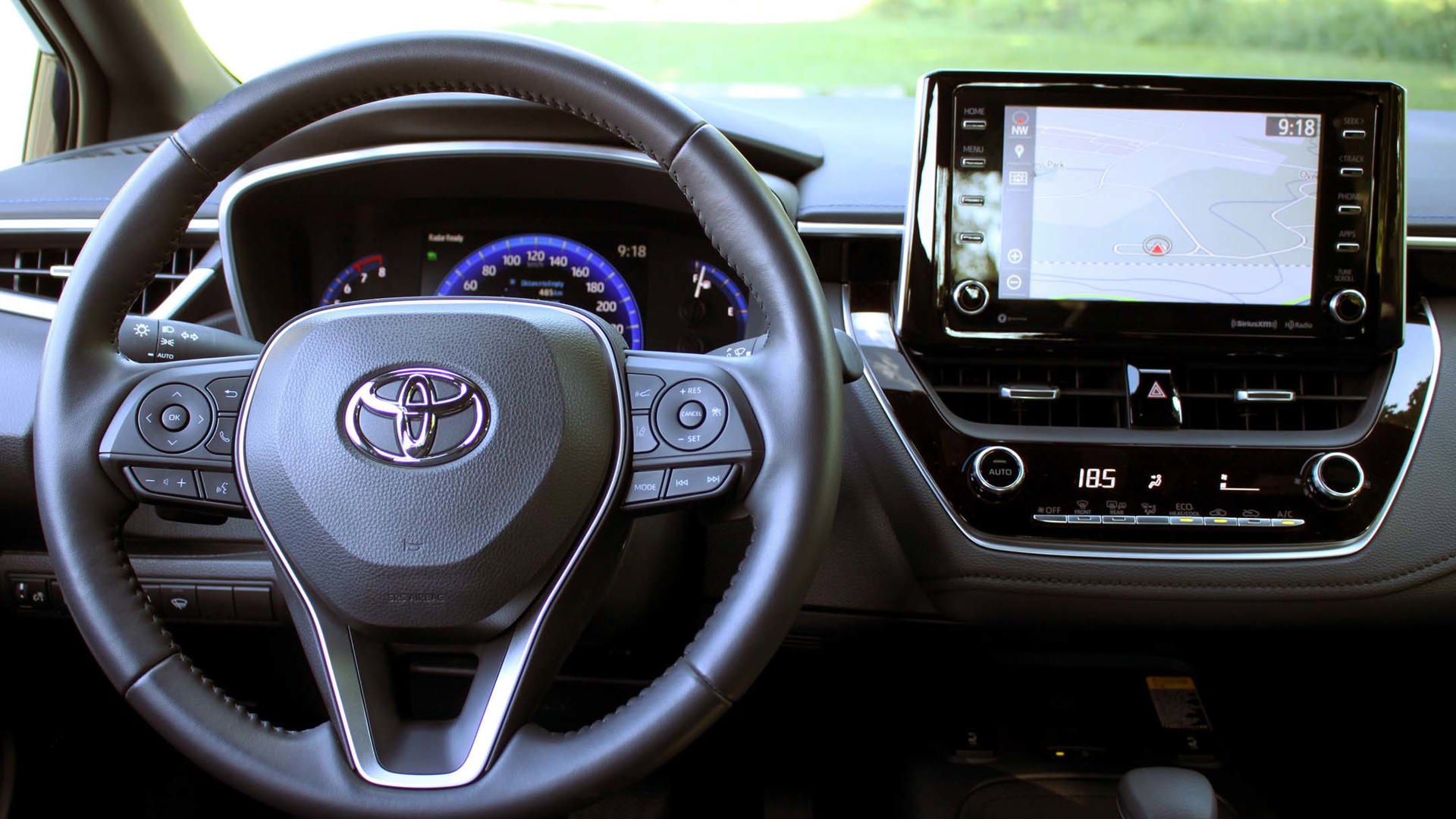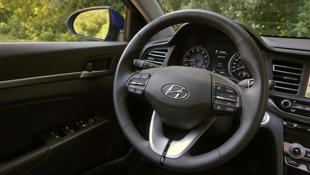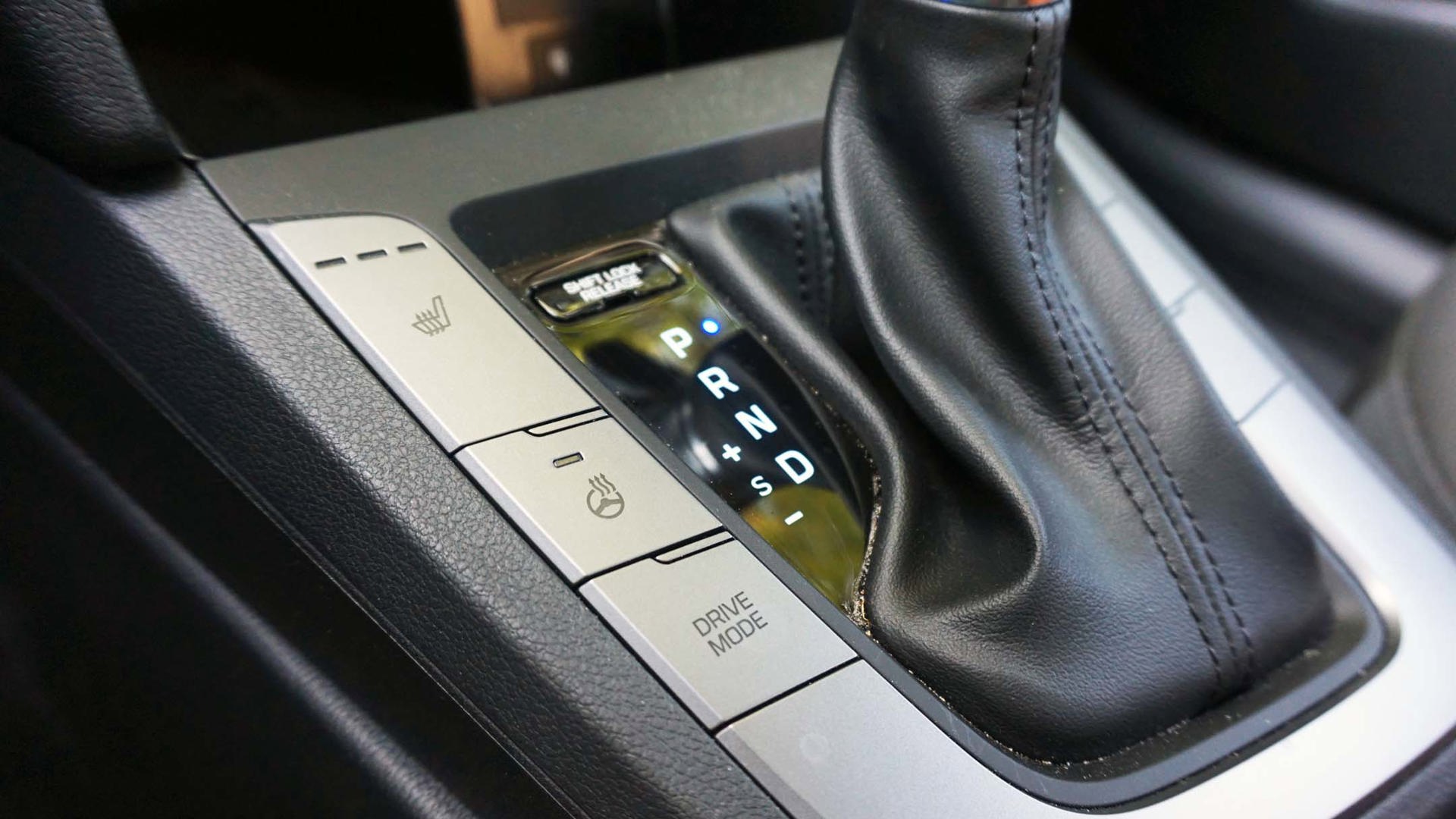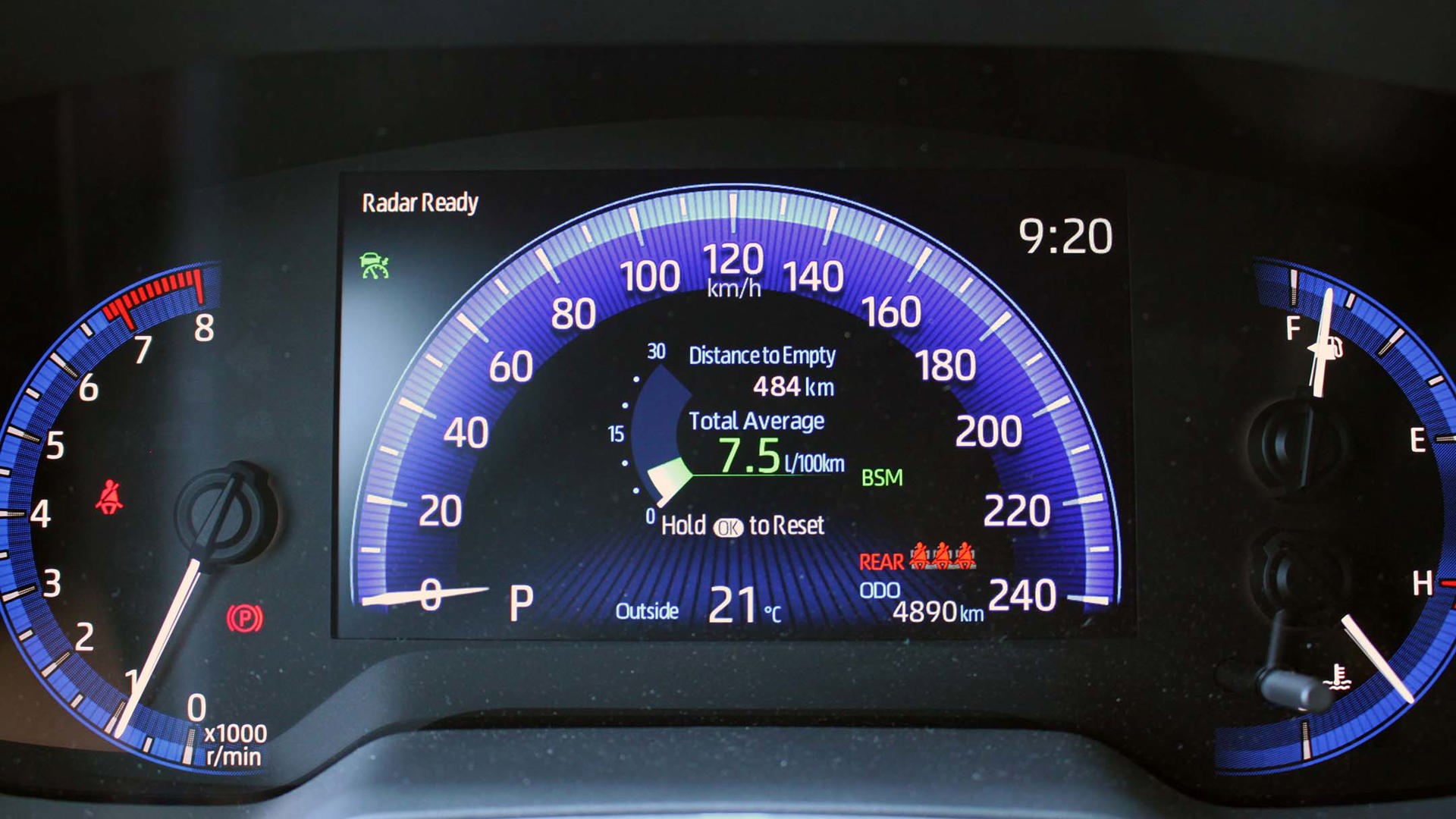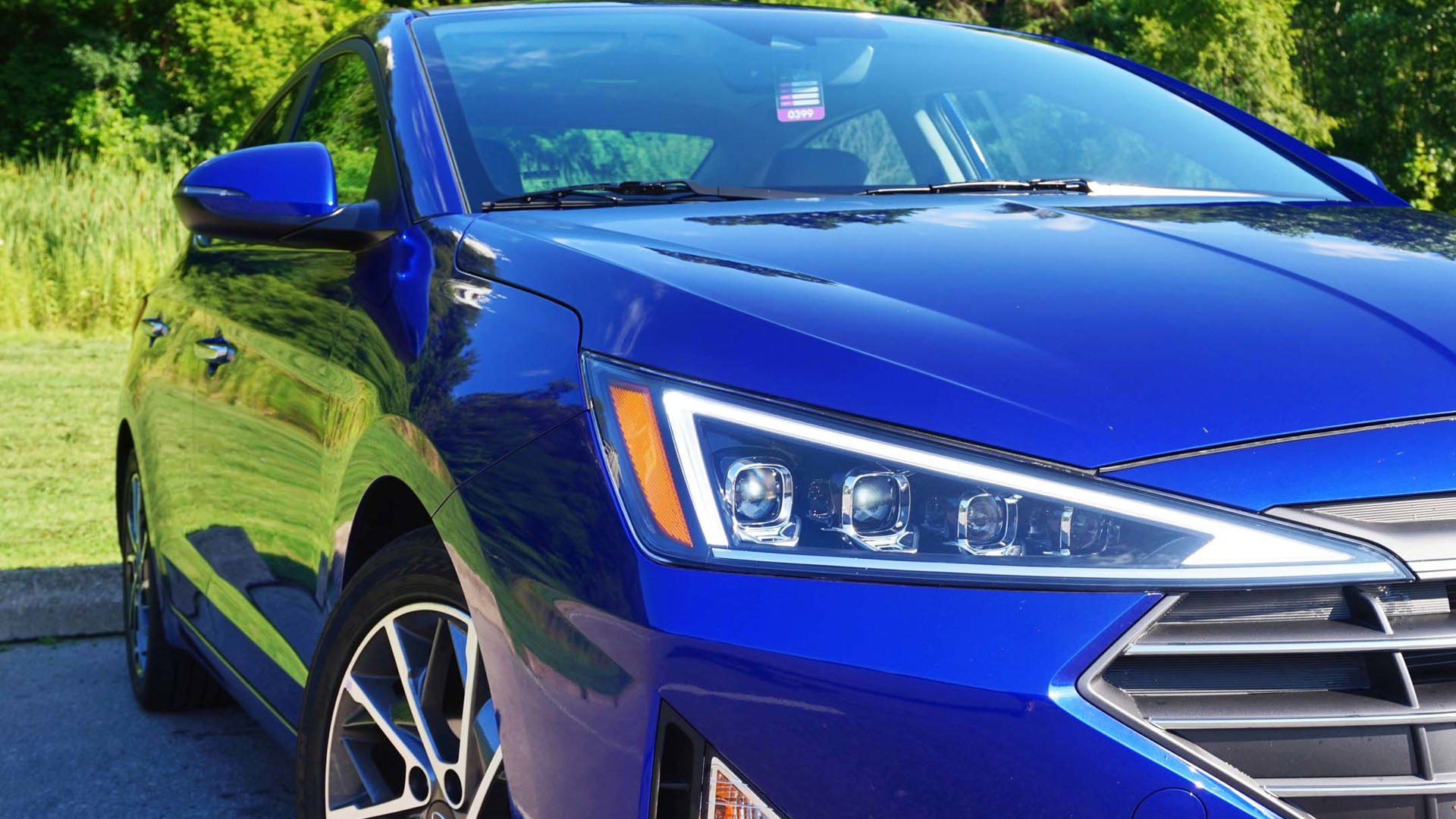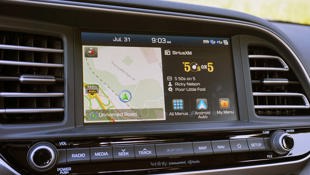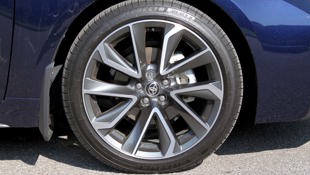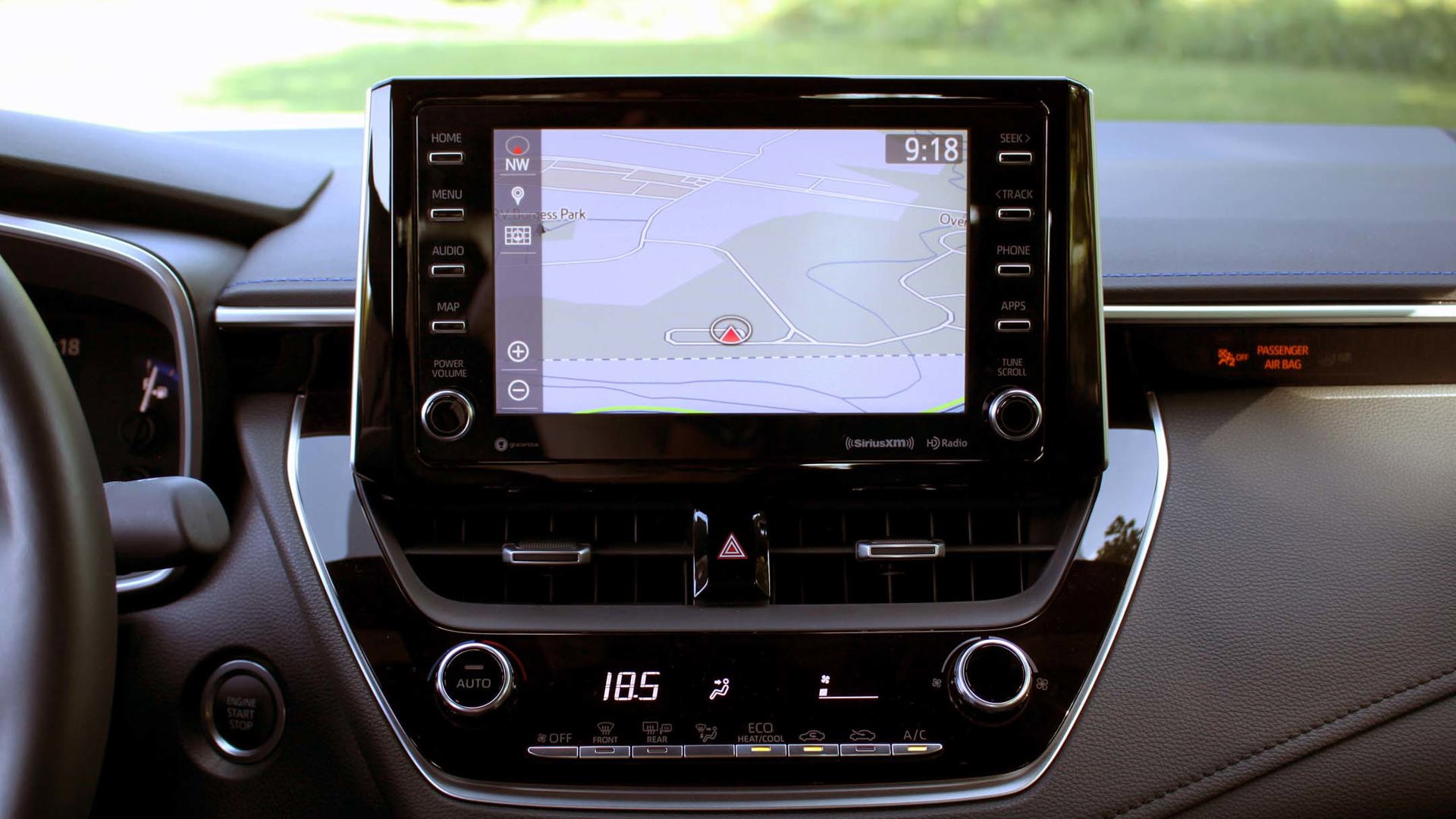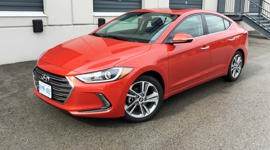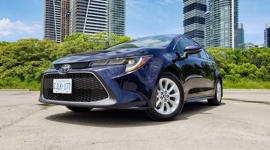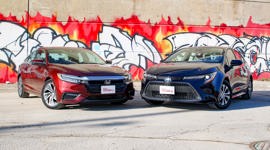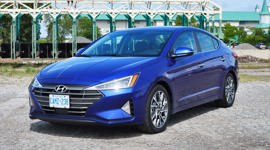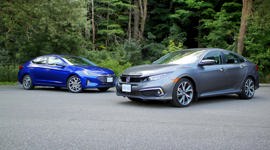Comparison Data
|
2020 Hyundai Elantra 2.0 Ultimate IVT
|
2020 Toyota Corolla XSE
|
|---|---|
|
Engine Displacement
2.0L
|
2.0L
|
|
Engine Cylinders
I4
|
I4
|
|
Peak Horsepower
147 hp @ 6,200 rpm
|
169 hp @ 6,600 rpm
|
|
Peak Torque
132 lb-ft @ 4,500 rpm
|
151 lb-ft @ 4,500–4,900 rpm
|
|
Fuel Economy
7.8/5.6/6.8 L/100 km cty/hwy/cmb
|
7.7/6.1/7.0 L/100 km cty/hwy/cmb
|
|
Cargo Space
407 L
|
371 L
|
|
Base Price
$27,549
|
$28,490
|
|
A/C Tax
$100
|
$100
|
|
Destination Fee
$1,705
|
$1,645
|
|
Price as Tested
$29,354
|
$30,235
|
|
Optional Equipment
None
|
None
|
Marty! Let’s take a quick jump in the DeLorean to 2011, when the Hyundai Elantra emerged as a legitimate competitor to the established hierarchy of compact cars. In case you need a refresher, it was the Hyundai that forced other automakers to adapt to its strategy of packing every single feature they could into a small car, and since then, we’ve been getting more competitive (and stylish) small cars. Remember that emergency refresh of the Honda Civic? Thank the Elantra for that.
With a whole new platform and design language, the 2020 Toyota Corolla no longer feels like a product of yesteryear; which is an important factor since most Corolla buyers pick it for its reliability record and expected resale value. Now there’s far more riding on the Corolla, but how does it compare to the 2020 Hyundai Elantra, a car that is typically forward-thinking with a never-ending list of features and details?
Styling
The details here are in favour of the Corolla. It has a more cohesive design that’s downright attractive and that’s not a trait that’s found in past Corollas. Sure, it has a big, obnoxious grille, but it’s well accented with nice LED features, a blacked-out spoiler, chrome exhaust tips, blacked-out taillights and a sleek interior as well.
Open the door and the Corolla continues its strong first impression. The blue-on-black leather and cloth seats are not only nice to look at, but feel good as well. The dashboard, door panels, and switchgear feel relatively high-end. Overall, the design is slick and special.
The Hyundai’s design is a bit jarring in comparison to the Corolla. It has a wide grille too, with headlights that cut into it, a look that’s downright less attractive than the Corolla. The rear end is a bit easier on the eyes, and the lack of trunk latch is an interesting design decision. If you’ve ever wanted to feel around a library for a hidden switch that leads to a secret passageway, you’ll like the Elantra’s badge-integrated trunk release button. Press the top part of the logo and the trunk pops open, making you look like a magician.
The cabin is a bit more old-school, but that means it’s easy to navigate. The materials are hard and rough, meaning your elbow or legs will feel a bit sore after a long trip.
Corolla Exterior: 7.5
Elantra Exterior: 6
Corolla Interior: 7
Elantra Interior: 6.5
Features
The Corolla has a number of features to impress buyers and is extremely competitive. This is a complete turnaround from its past iterations, which banked on the brand’s reputation for reliability. Now you’ll find features like a heated steering wheel, heated front and rear seats, and a wireless phone charger to go along with all the safety and driver’s assistance systems. There are two notable omissions from the Corolla’s feature set: It offers only a single-zone automatic climate control in XSE trim, while competitors boast dual-zone setups; and the infotainment system lacks Android Auto support – although it has Apple CarPlay compatibility. The latter concern is a bit more important as phone support is a major part of the user experience in a modern vehicle. Also, there is only one USB port in the Corolla, limiting the number of devices that can be charged.
The Elantra has a sterile interior, but it’s full of features. Like the Corolla it has heated seats and a warmed steering wheel, to go along with a wireless phone charger and the plentiful drivers’ assistance and safety features. Unlike the Corolla, it has both Android and Apple CarPlay support and it features a dual-zone climate control system. Finally, the Elantra has two USB ports so passengers can get their devices powered.
Corolla Features: 7
Elantra Features: 8.5
User Friendliness
Using the Corolla for its intended purpose – driving – is pleasant. The sedan responds nicely and the controls are easily within reach, rather than hidden behind anything. However, a few small issues mar the experience. The adaptive cruise control system works at all speeds and brings the car to a stop, but is lethargic when responding to gaps in traffic. Beyond the driving experience, the infotainment is equally slow to respond, making its Android Auto omission even more regrettable.
The Elantra brings a good user experience thanks to a more responsive touchscreen and support for both smartphone operating systems. The Hyundai infotainment system does look dated, but it’s still a solid partner on the road, with easy-to-use controls, and large, clear text. The Corolla perches its infotainment system on the dash for better visibility, while the Elantra keeps it inset, a decision that resonates with some buyers who hate the “tablet on a stand” look. While the infotainment is nicer in the Elantra than the Corolla, the Hyundai adaptive cruise control system has its pros and cons. Unlike the Corolla, it doesn’t have full-speed adaptive cruise control, but it responds more quickly than the Toyota.
Corolla User Friendliness: 6.5
Elantra User Friendliness: 8
Comfort and Space
The Corolla has soft-touch materials and supportive seats, giving a general impression of comfort. But beyond the cabin, the ride is nice and supple as the Corolla easily tackles bumpy roads, potholes, and highway expansions. The Corolla rides on a new platform, dubbed TNGA, which is very well balanced between ride comfort and responsiveness. While the front seats are supportive, the rear seats are not. Legroom is at a premium and the Corolla feels less passenger-oriented than other compact cars.
While the Elantra feels a tick less refined on the road, it makes up for it by being more spacious overall. The front seats are more accommodating for wider bodies, as the Corolla has more aggressive bolsters. The rear seats are perfectly good for passengers and will satisfy riders, even on longer trips.
Finally, the Corolla has 30 fewer litres of space compared to the Elantra, and while both vehicles feature folding rear seats, the Elantra dominates in terms of space. One upside to the Corolla is that it seems to have a wider opening for cargo, which is helpful.
Corolla Comfort: 7
Elantra Comfort: 7.5
Corolla Space: 6
Elantra Space: 7
Driving Feel
While not sporty, these cars are surprisingly responsive, making them easy to drive. This is important since you don’t have to worry about what they can or can’t do on the road. Of the two, the Corolla feels a touch more agile, but both cars have heavy steering. It helps them feel stable at high speeds, which is appreciated as older compacts felt flimsier than a leaf in the wind.
The Corolla is equipped with a fuel-sipping CVT, but this model has a real first gear, which helps it feel more natural off the line. The 2.0-litre engine makes a tiny bit more power than the Elantra, which would be appreciated if the CVT just got out of the way. Thanks to a Sports mode and paddle shifters, you get to enjoy those extra ponies at work. However, it’s worth pointing out that the CVT in the Corolla is extremely loud and vocal, a very unrefined trait for Toyota, a company typically known for quality.
The Elantra, while equipped with a less powerful 2.0-litre engine, delivers power really well. It gives the driver what they need, when they need it, rather than of fighting fun in the name of fuel economy. The 2020 Elantra now offers a variable-ratio transmission, called an IVT here, because it features fake shifting through stepped gears. Unlike the Corolla, the Elantra doesn’t have paddle shifters. Fortunately, the Elantra has a quieter transmission.
Corolla Driving Feel: 7
Elantra Driving Feel: 7.5
Safety
Both of these cars are incredibly safe, boasting high crash-test ratings and excellent visibility from LED headlights. The Insurance Institute for Highway Safety put the two cars through the wringer of crash tests, and even assessed the crash avoidance features of the two cars and came away impressed. The Elantra has a slightly higher rating, thanks to its headlights, which are very bright and illuminate corners well.
On the road, you feel safe in both cars, thanks to the outstanding amount of features to prevent accidents. The only concern we have about the Corolla is that it sometimes feels a bit slow in responding to changing traffic conditions, especially in regards to its adaptive cruise control. The lane-keeping assistance, on the other hand, is a bit too heavy-handed and can feel like the car isn’t completely trusting of the driver: Rather than helping the driver be a better pilot, the system seems to want to take over completely.
The Elantra feels a bit more trustworthy on the road: Its adaptive cruise control and lane-keeping system never feel like they’re fighting the driver for control. There are also a few other helpful features in the Elantra, like rear parking sensors, a reminder for devices left in the wireless charging tray and Hyundai’s BlueLink telematics system. This last feature is free for all new vehicles for three years and includes features like remote start, remote locking and unlocking of the vehicle from your smartphone, as well as the ability to find your car if you’ve lost it in a parking lot.
Corolla Safety: 7
Elantra Safety: 8
Excellent fuel economy is a major reason to pick up a compact car like the Corolla or Elantra. The Corolla, thanks to its CVT, earns a solid 7.0 L/100 km city/highway combined from Natural Resources Canada. The Elantra is a bit less powerful, though less heavy as well. It’s rated at 6.8 L/100 km combined from NRCan.
On paper and in a lab, it seems like the two cars have enough of a difference to make this a sticking point, but on the road, the two cars performed identically. Driving style makes a bigger difference than anything else, but the Elantra at least comes with a “smart” driving mode to help coach drivers to earn better fuel economy.
Corolla Fuel Economy: 7.5
Elantra Fuel Economy: 7.5
Value
When it comes to compact sedans, value is the most important aspect of the equation. While both cars offer a ton of features, low fuel consumption, and are fairly practical, they have a slim price difference. The Corolla will set buyers back $30,235 after delivery and other fees, which isn’t much, but it breaks the cardinal sin of compacts by totalling over $30,000. Even if it was just by a dollar, anytime a buyer sees a 3 in that first digit instead of a 2, it feels like a huge leap.
The Elantra is about $900 cheaper, coming in at $29,354. It’s easier to swallow a price below $30,000, and the Elantra manages that with more features and more space for cargo and passengers. Sure, the powerplant isn’t as stout as the Corolla’s but we never missed the extra power of the Toyota. While some buyers may want to factor in the expected longevity and reliability of the Toyota, we don’t want to jump to any conclusions about a brand-new car riding on a new platform and new powertrain. There isn’t enough data yet to say that the Corolla will be more or less reliable than before.
Corolla Value: 7
Elantra Value: 8
The Verdict
Although the Corolla makes a very strong first impression with its stylish body, smart interior, strong motor, and confident-feeling platform, it drops the ball on the aspects that compact car buyers value the most. It misses a few features that are most appreciated while being less spacious and more expensive.
The Elantra delivers on those important elements with its only drawbacks being the unimpressive interior materials. That’s a small price to pay for a larger, feature-filled car that’s actually more affordable than the competition. After checking to see that we’re still not in 2011, it’s clear that Hyundai continues to put pressure on the big names in this industry with the Corolla being its latest victim.
Corolla Score: 68.5/100
Elantra Score: 74.5/100

